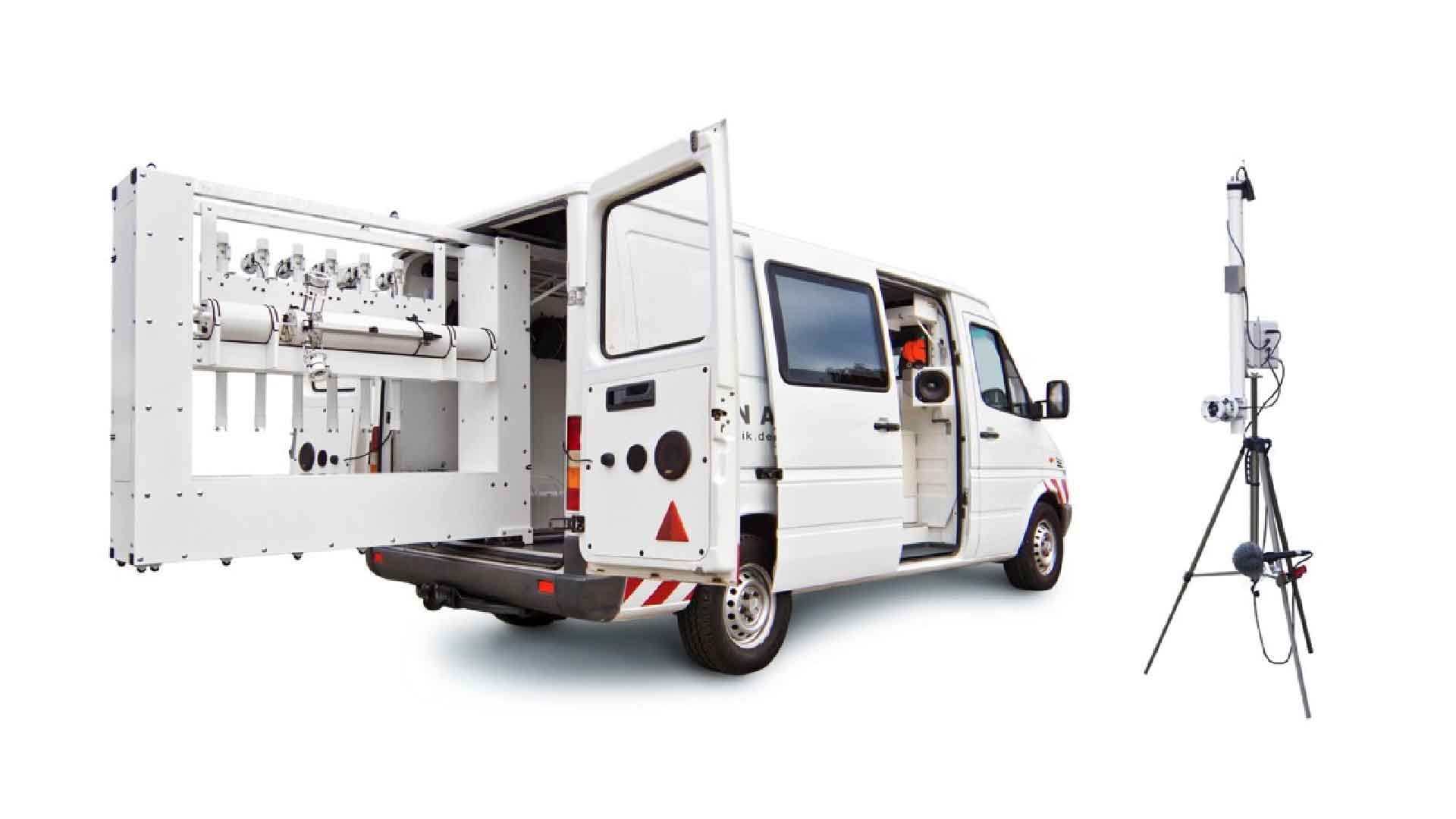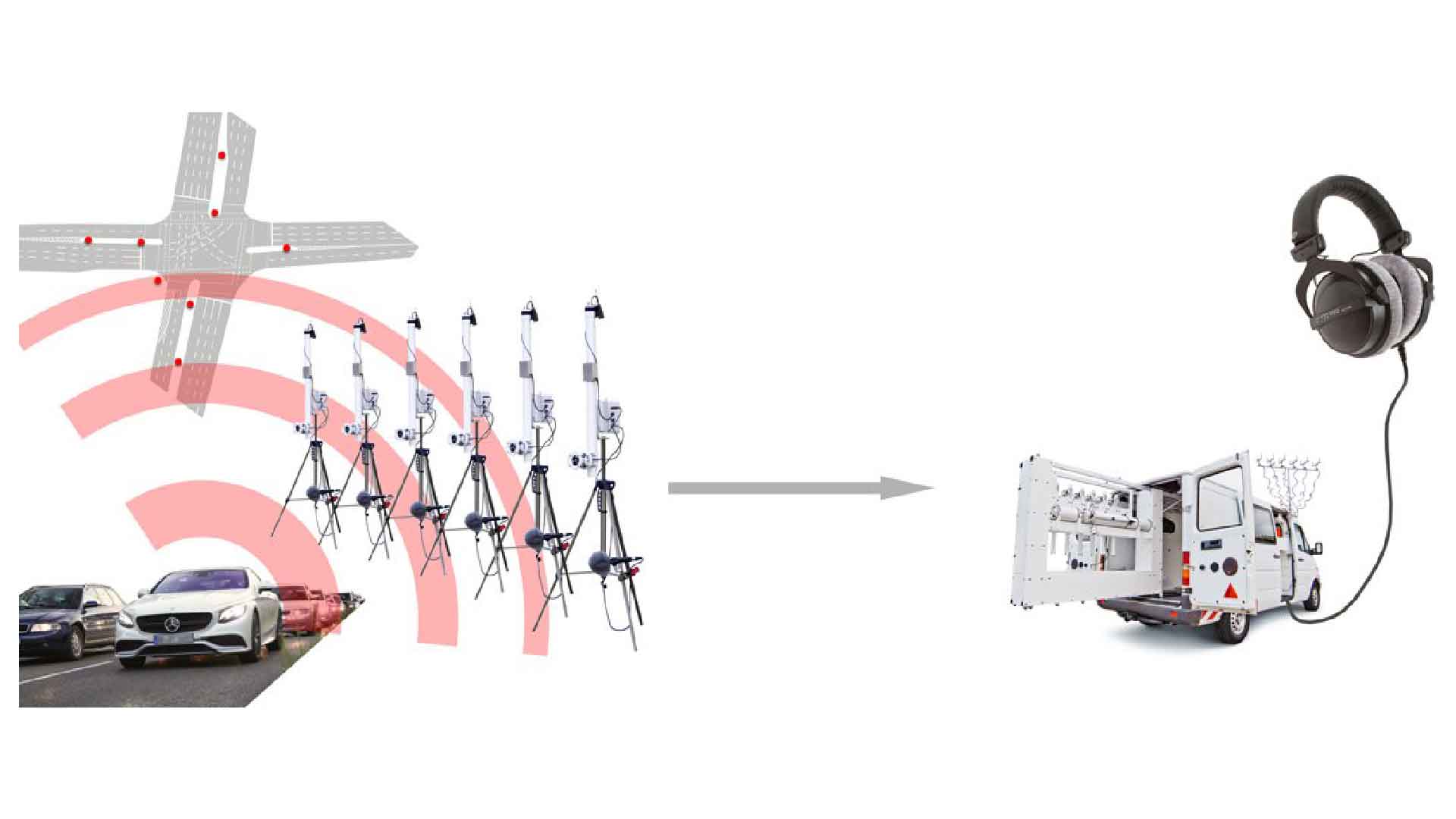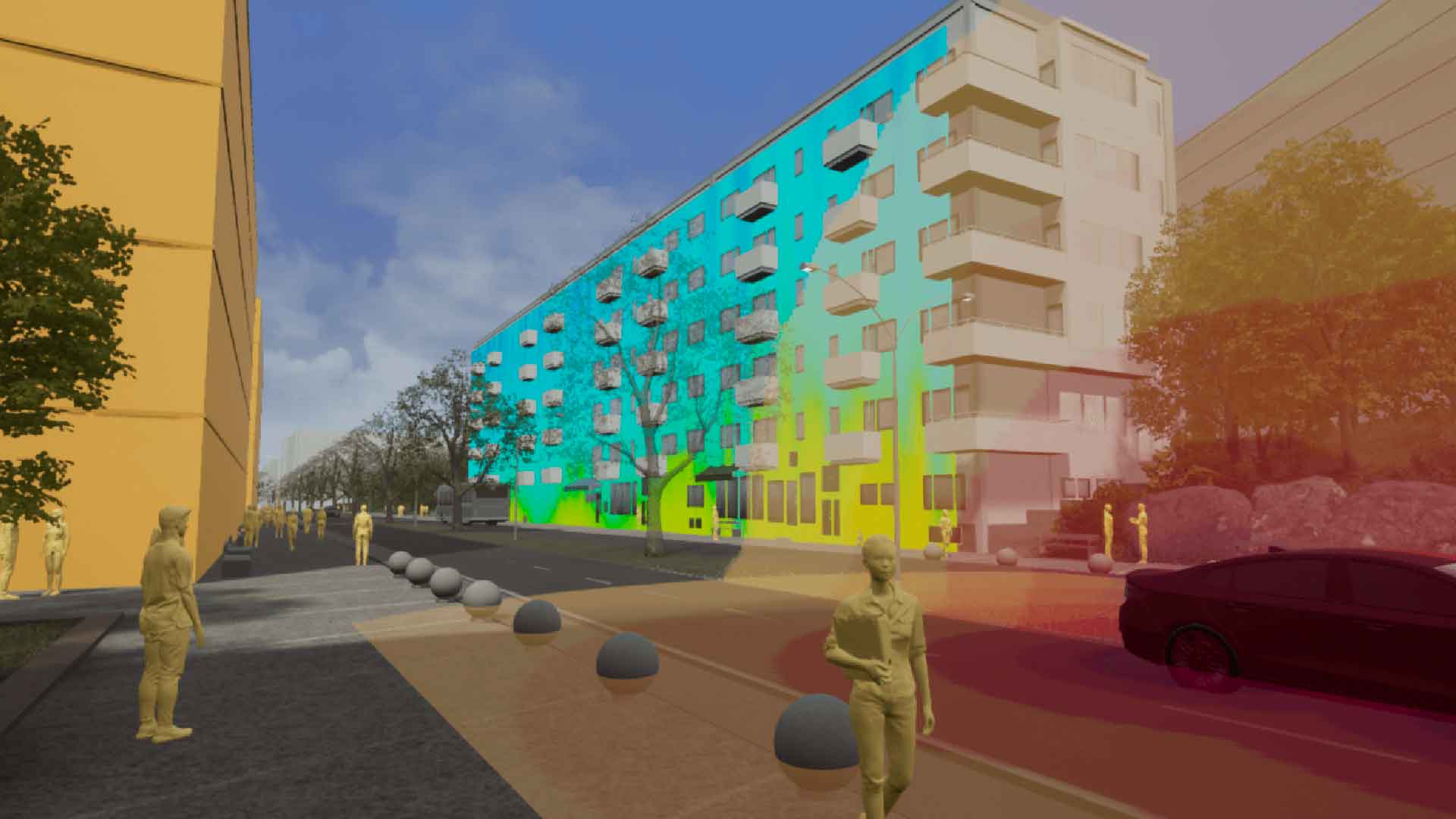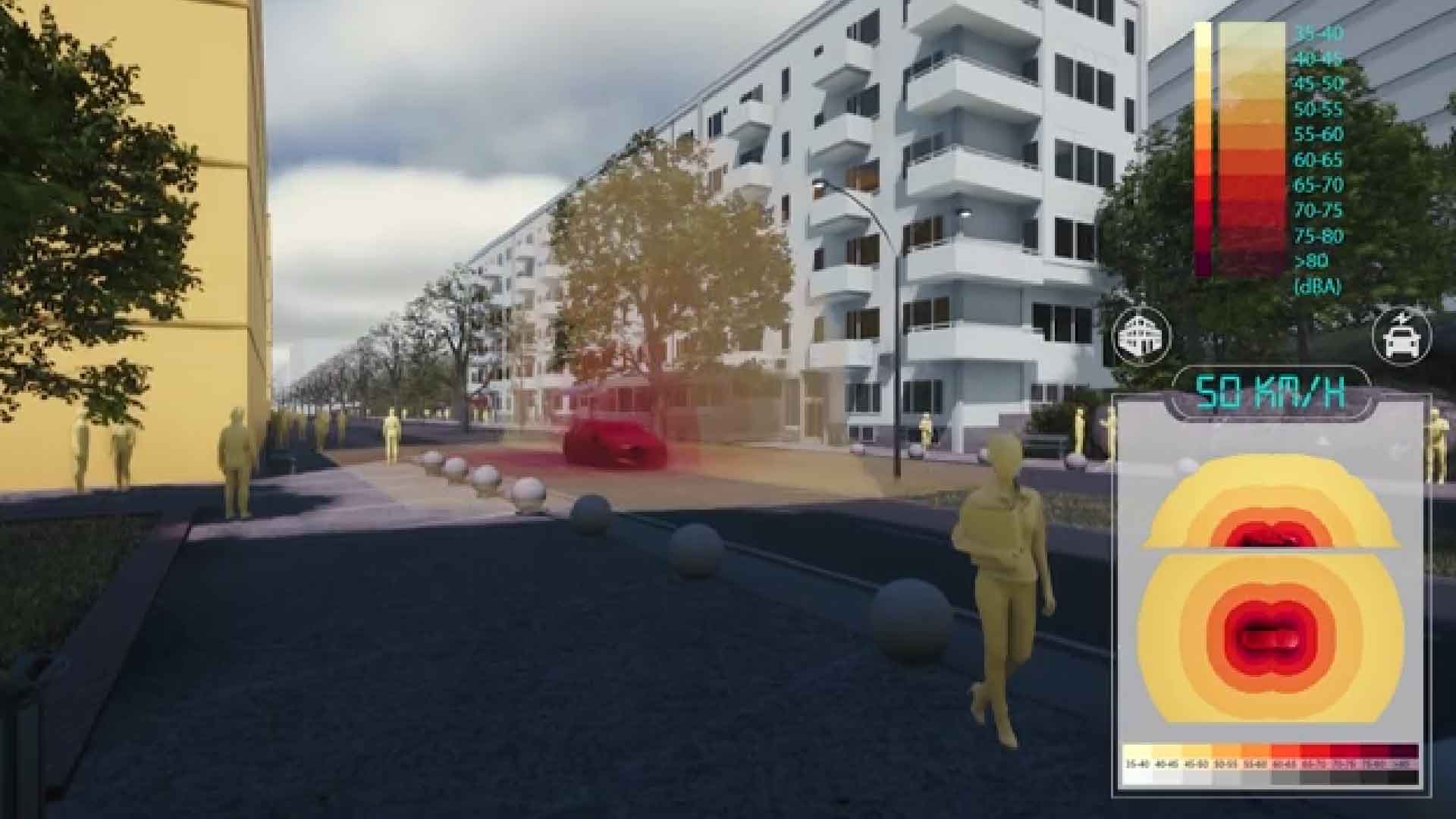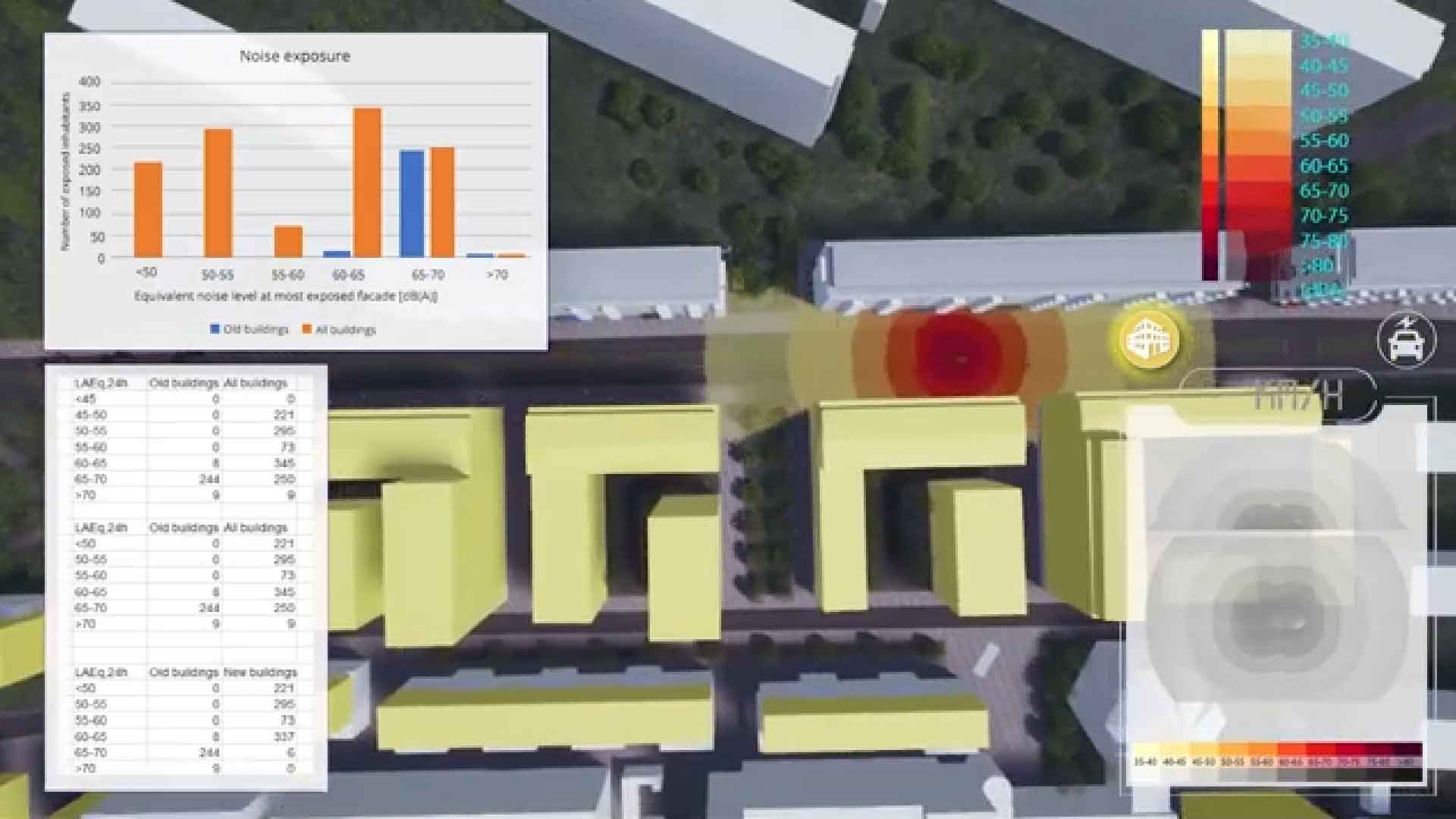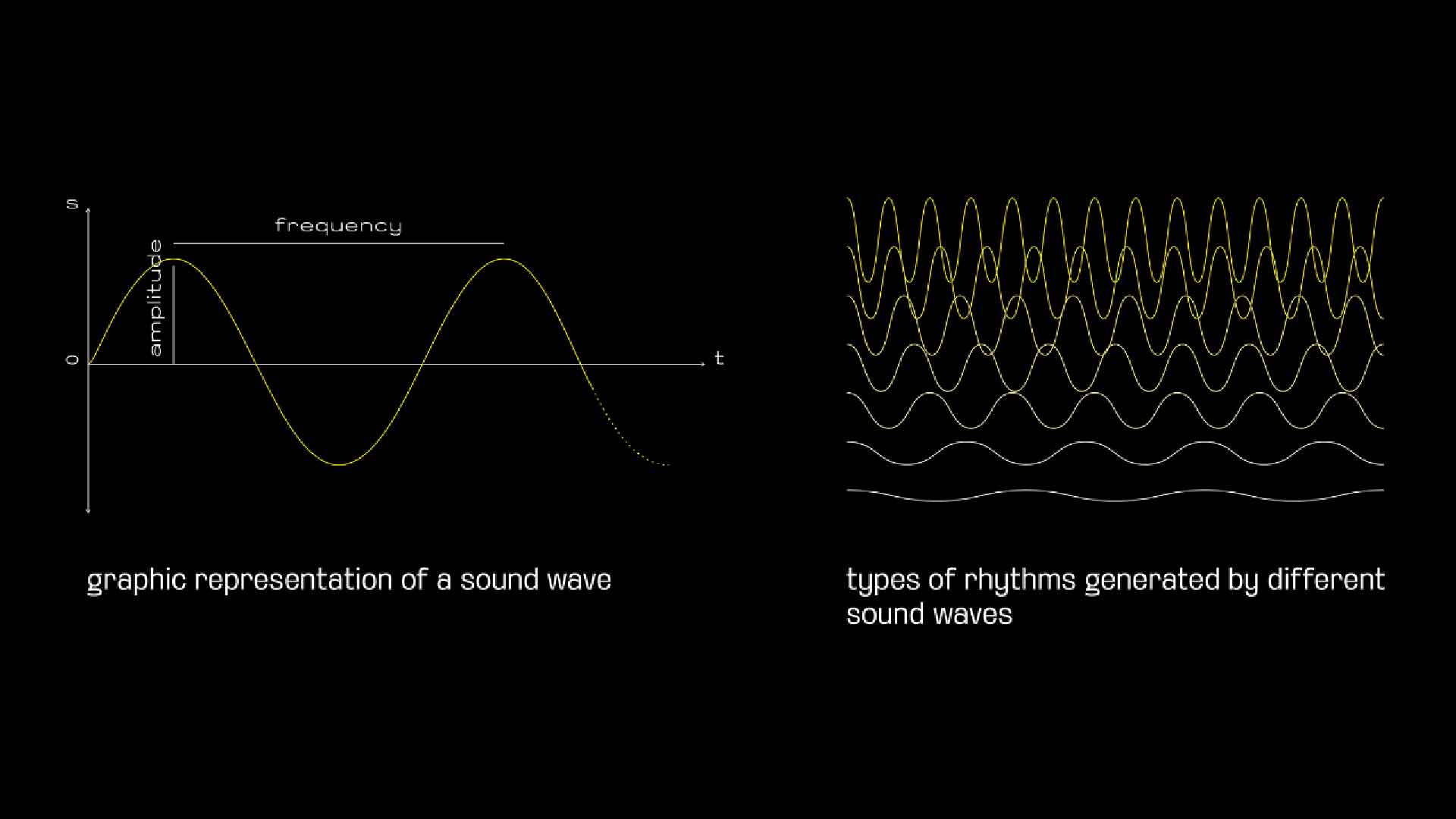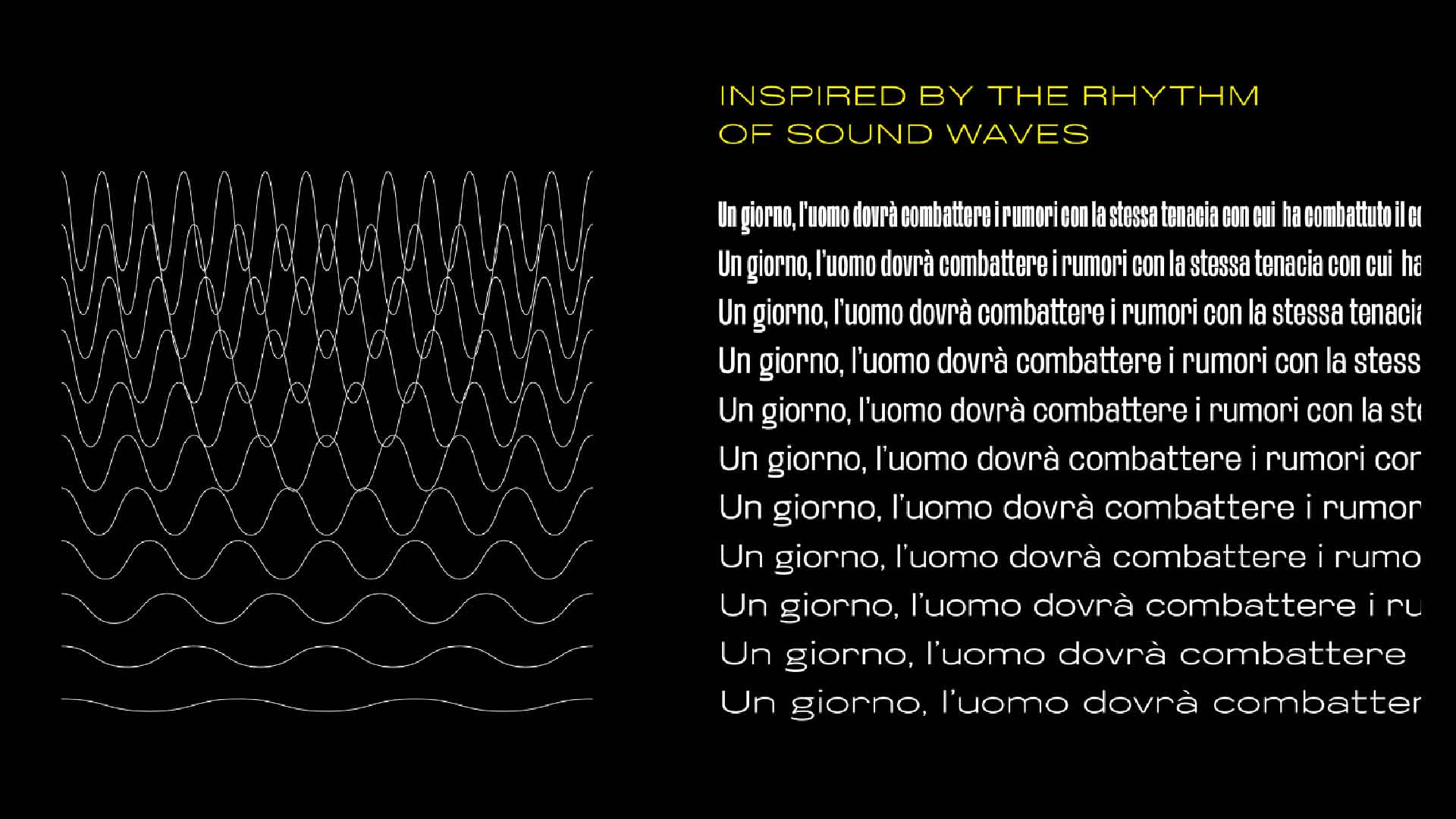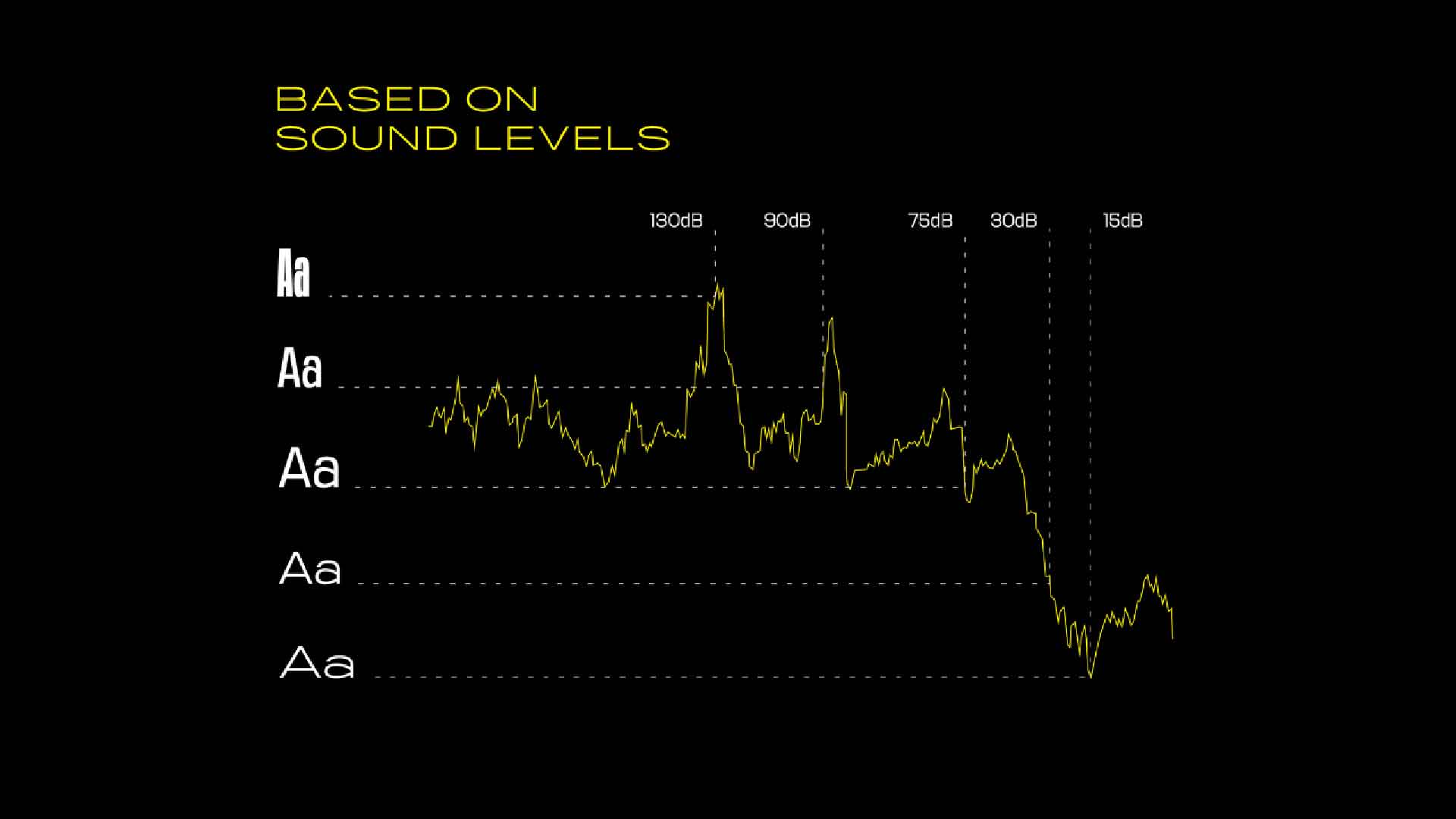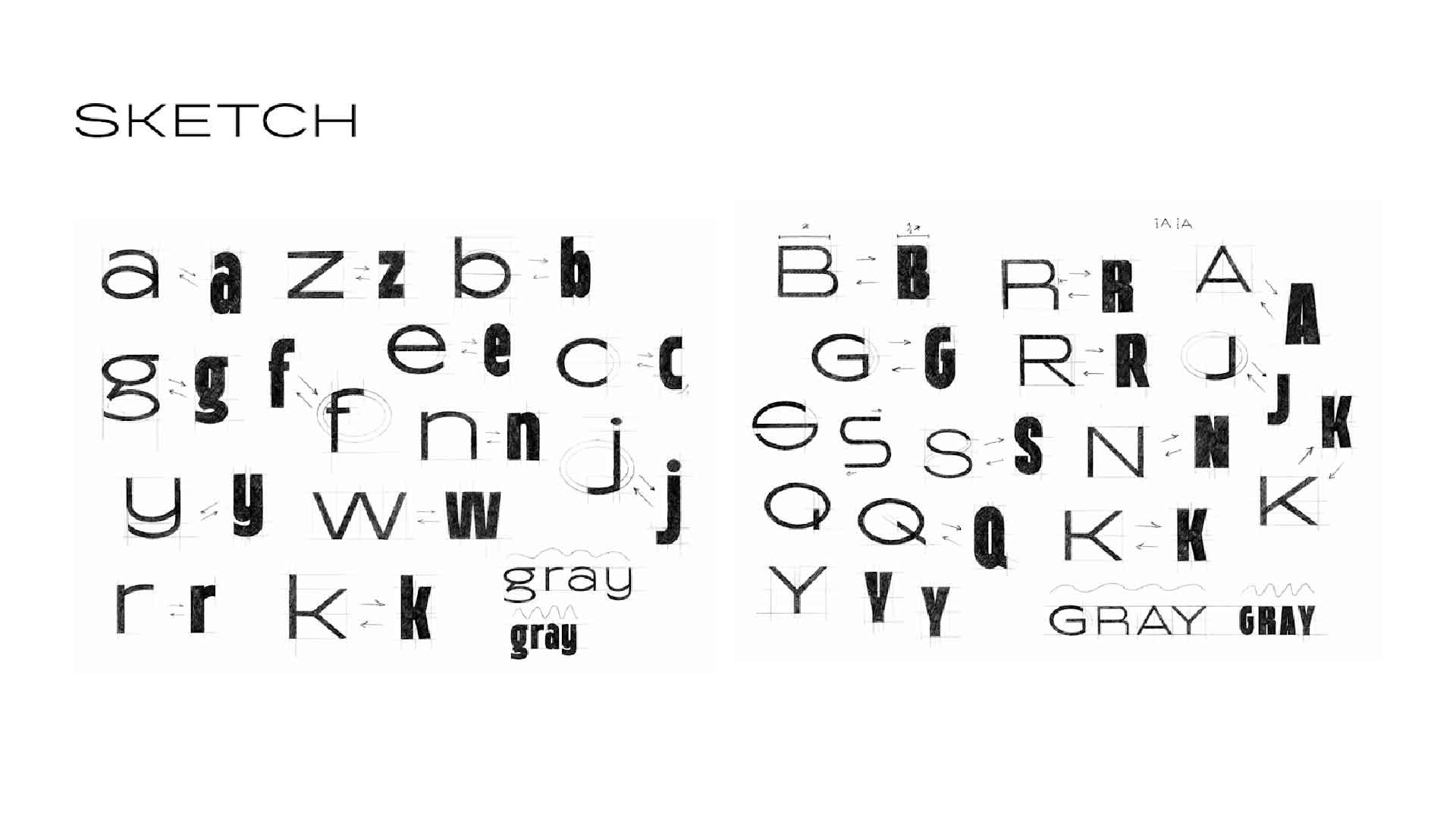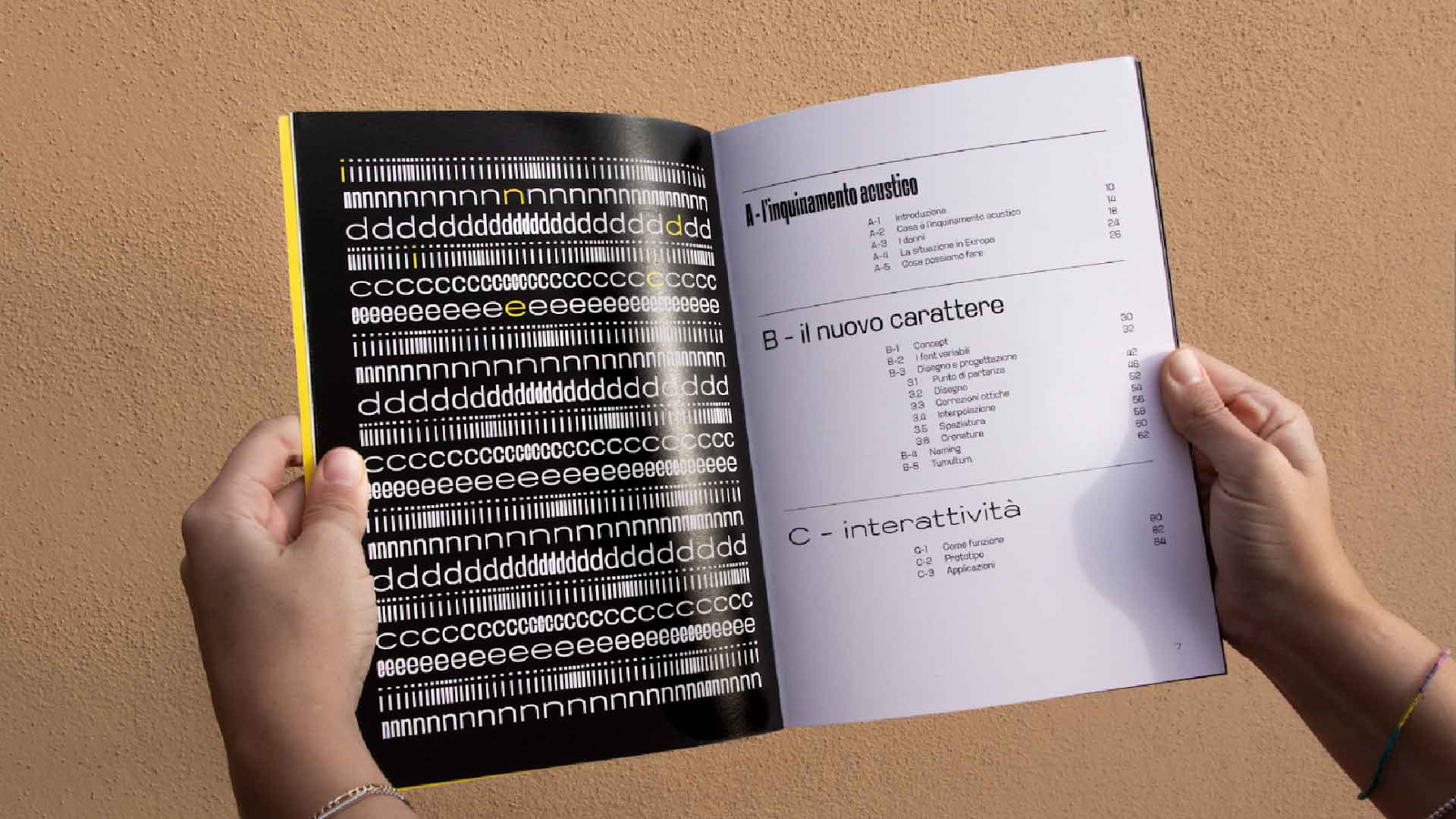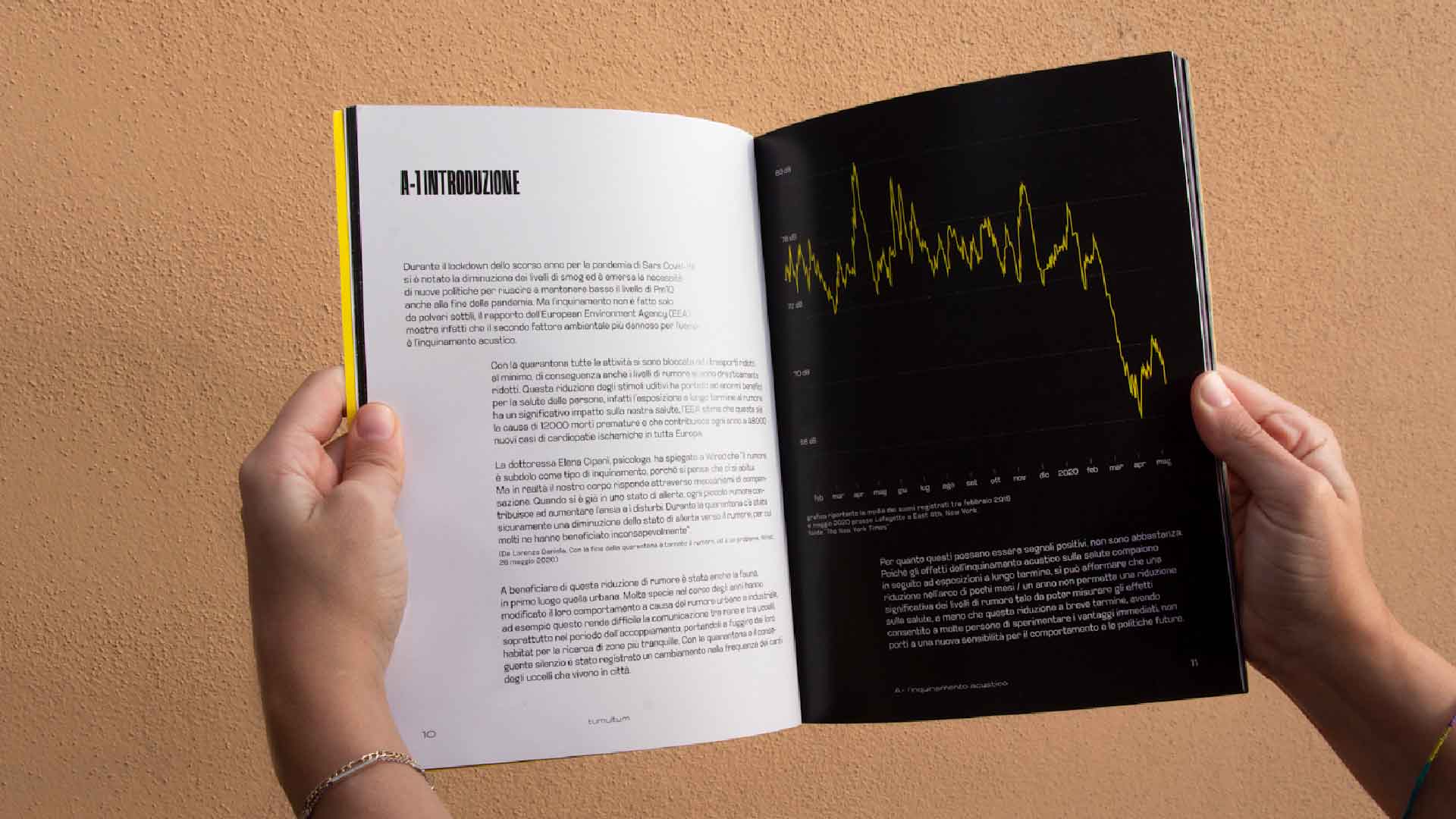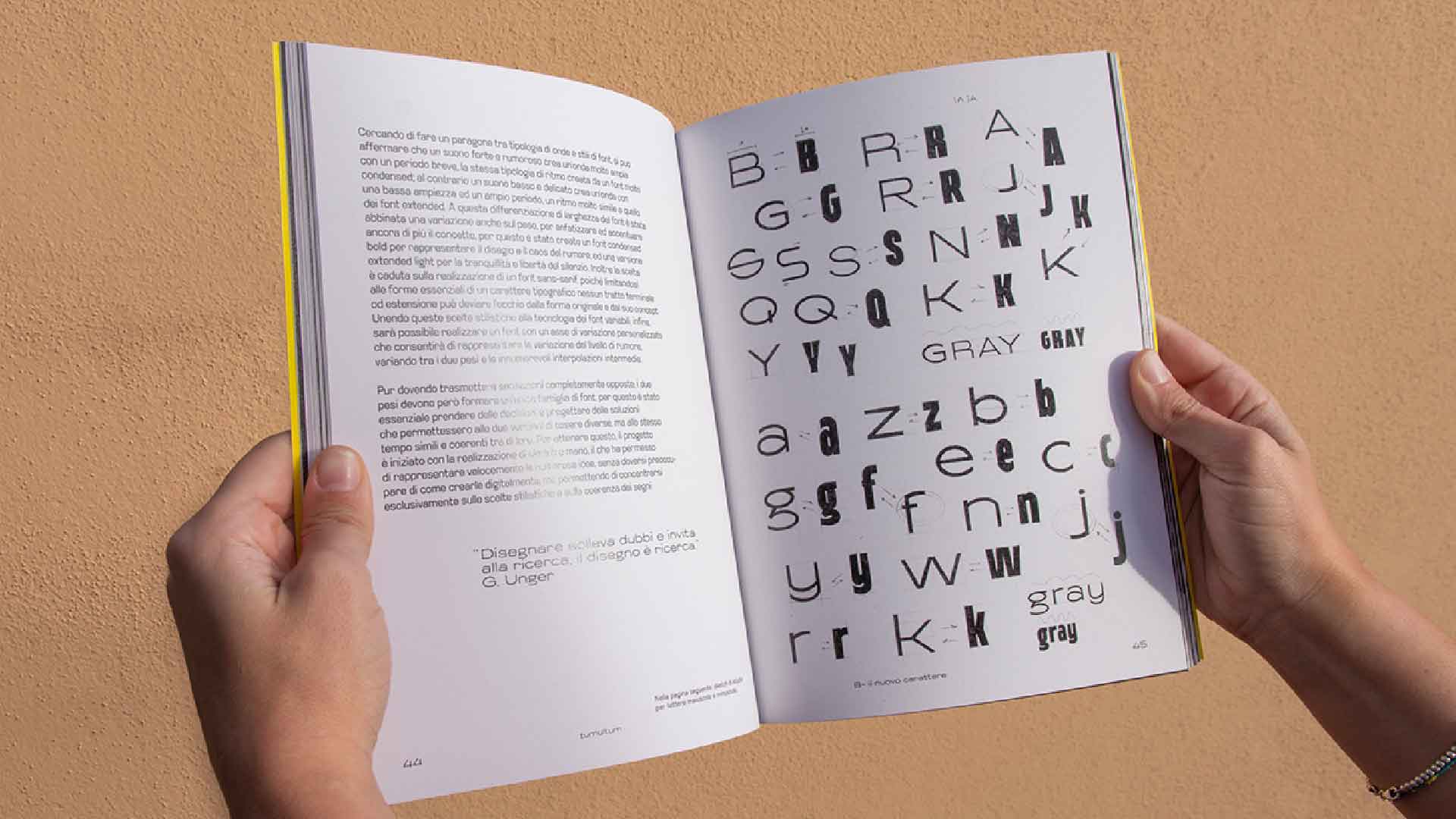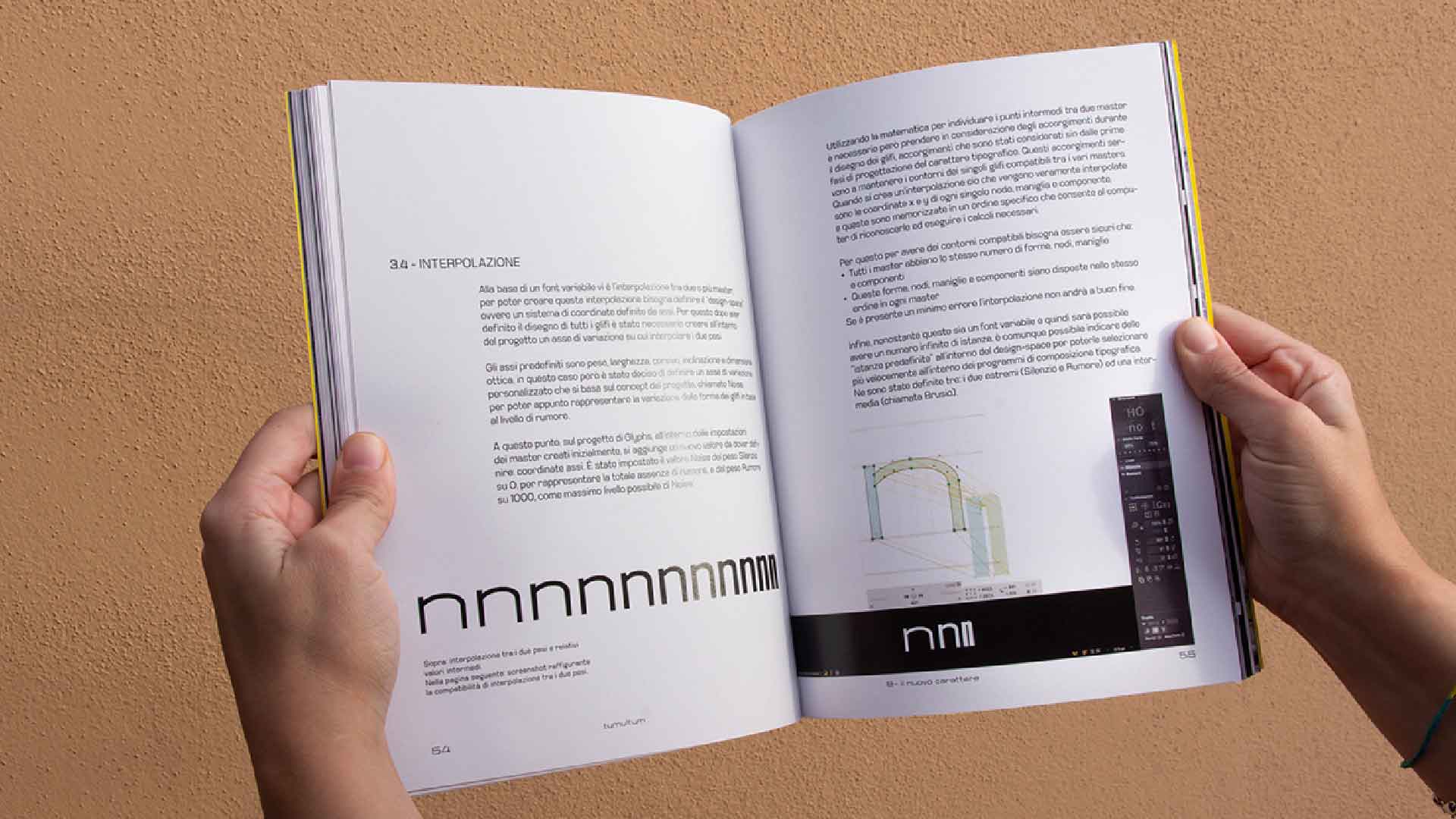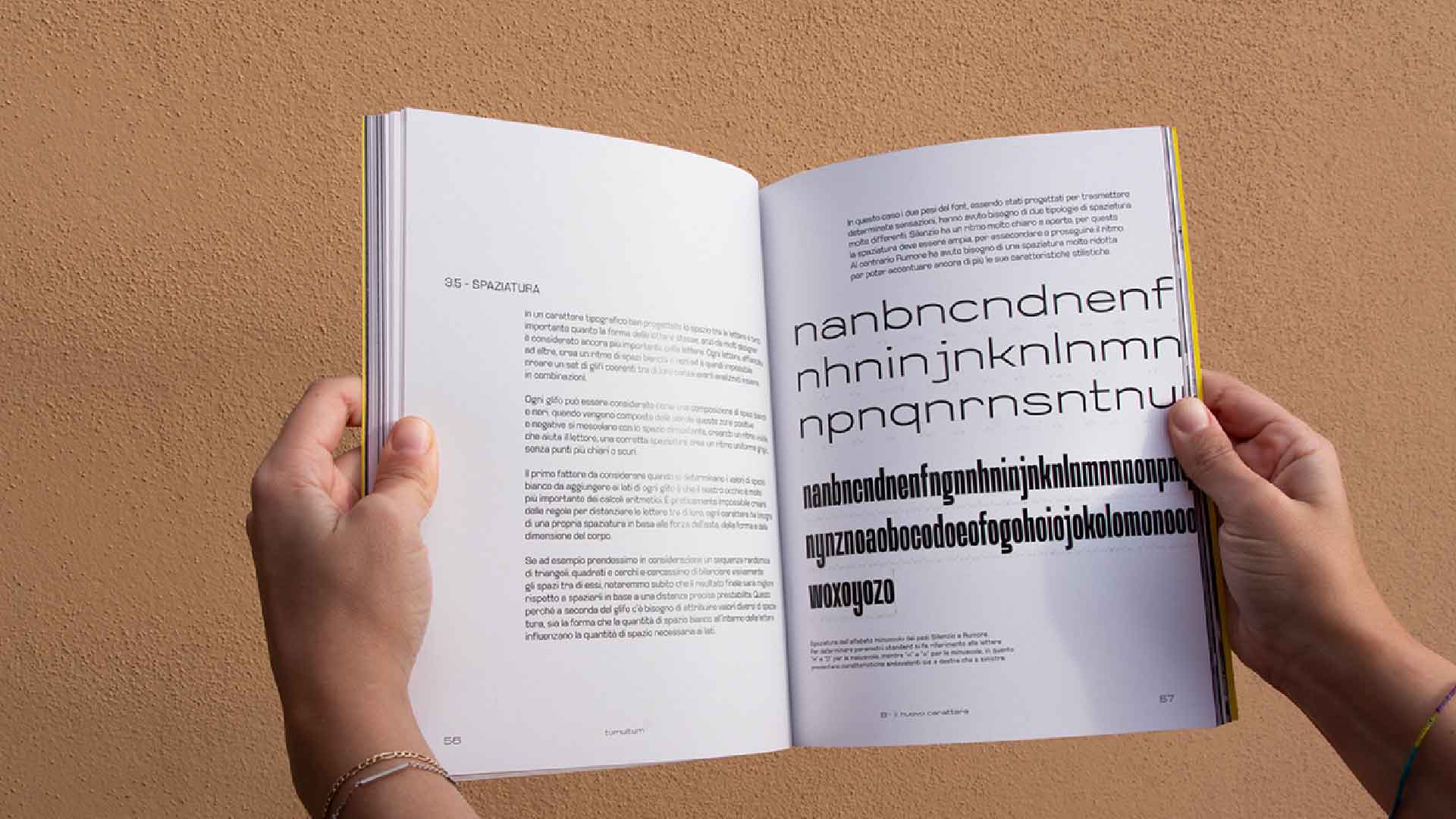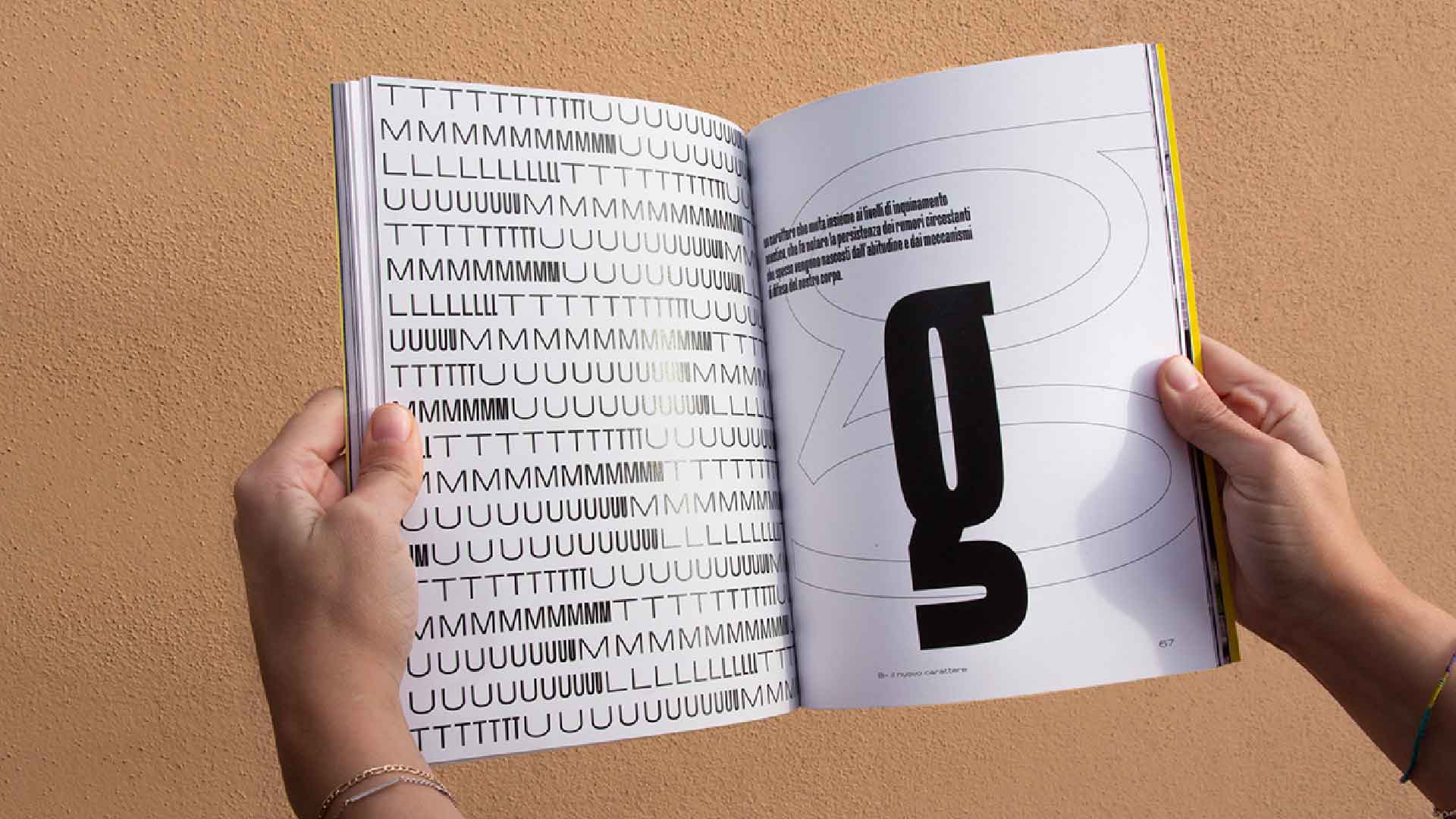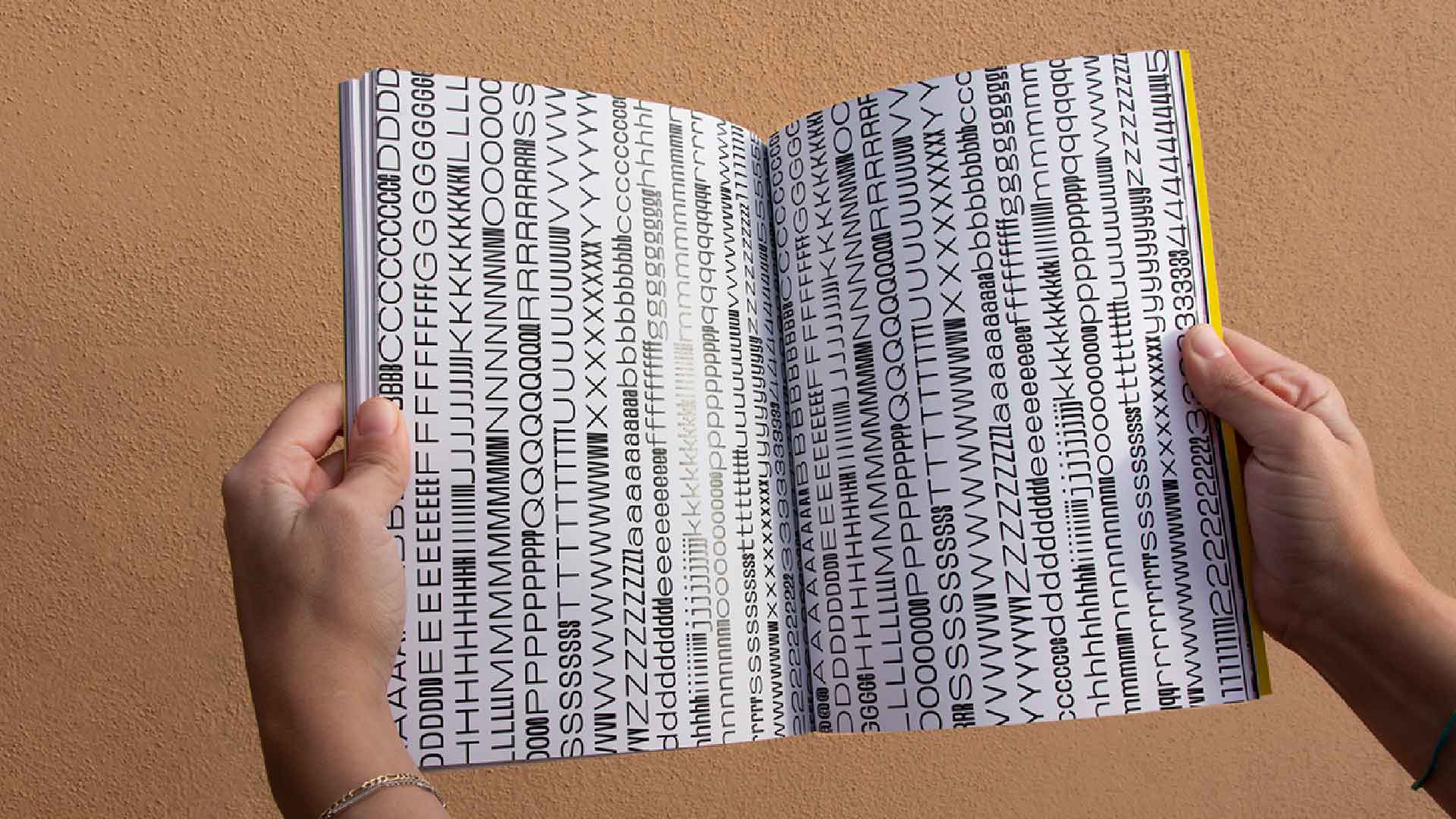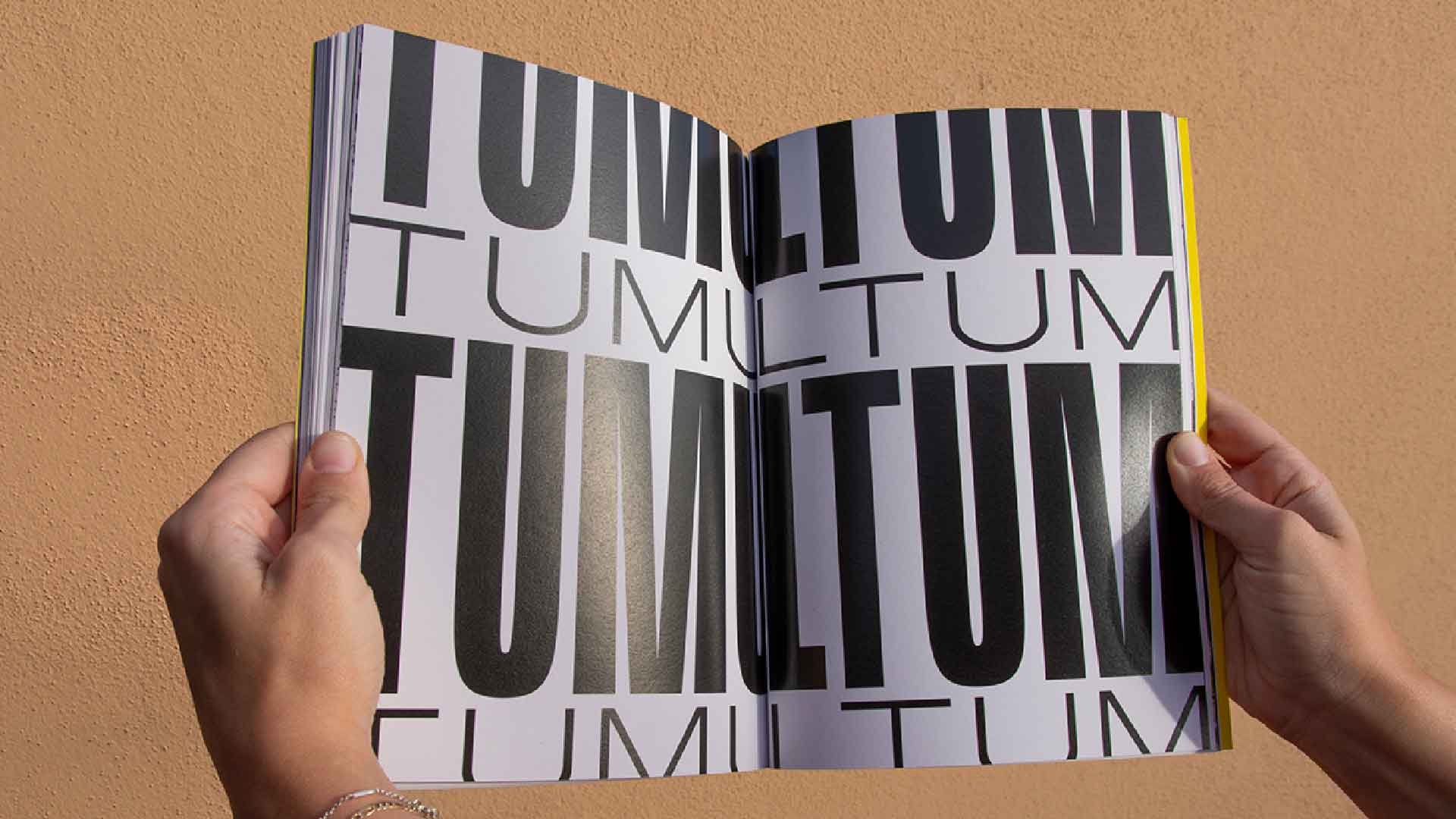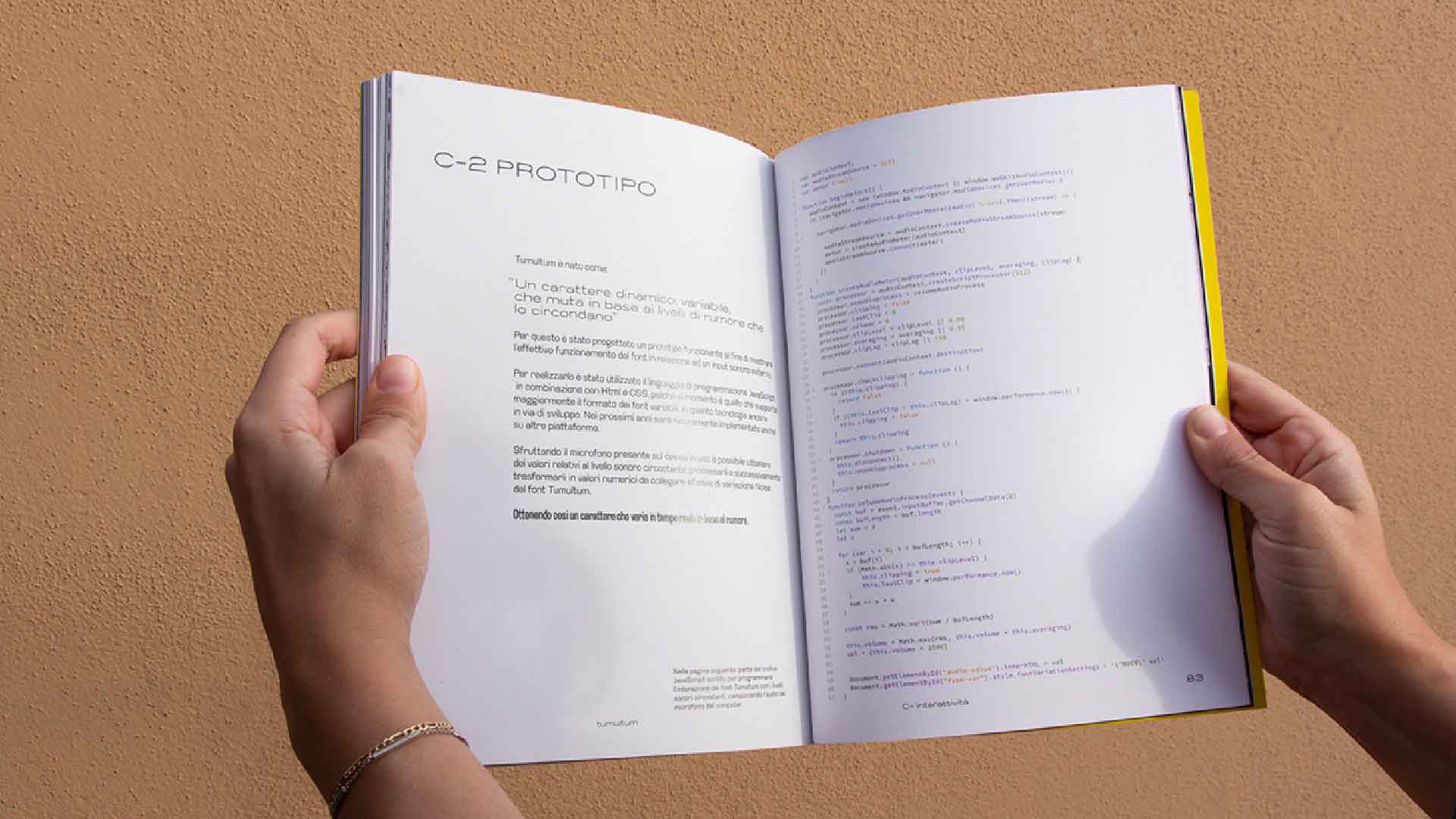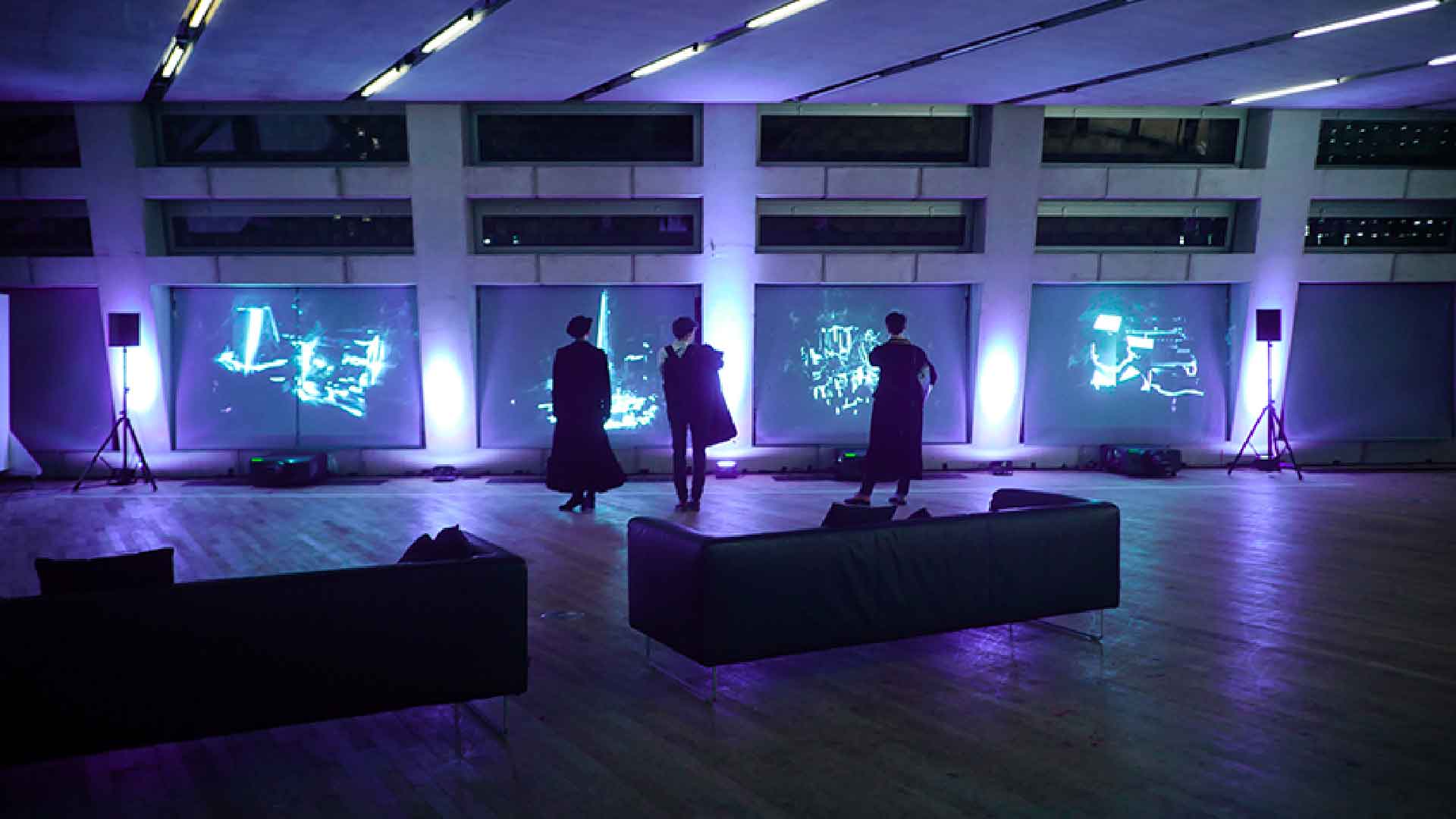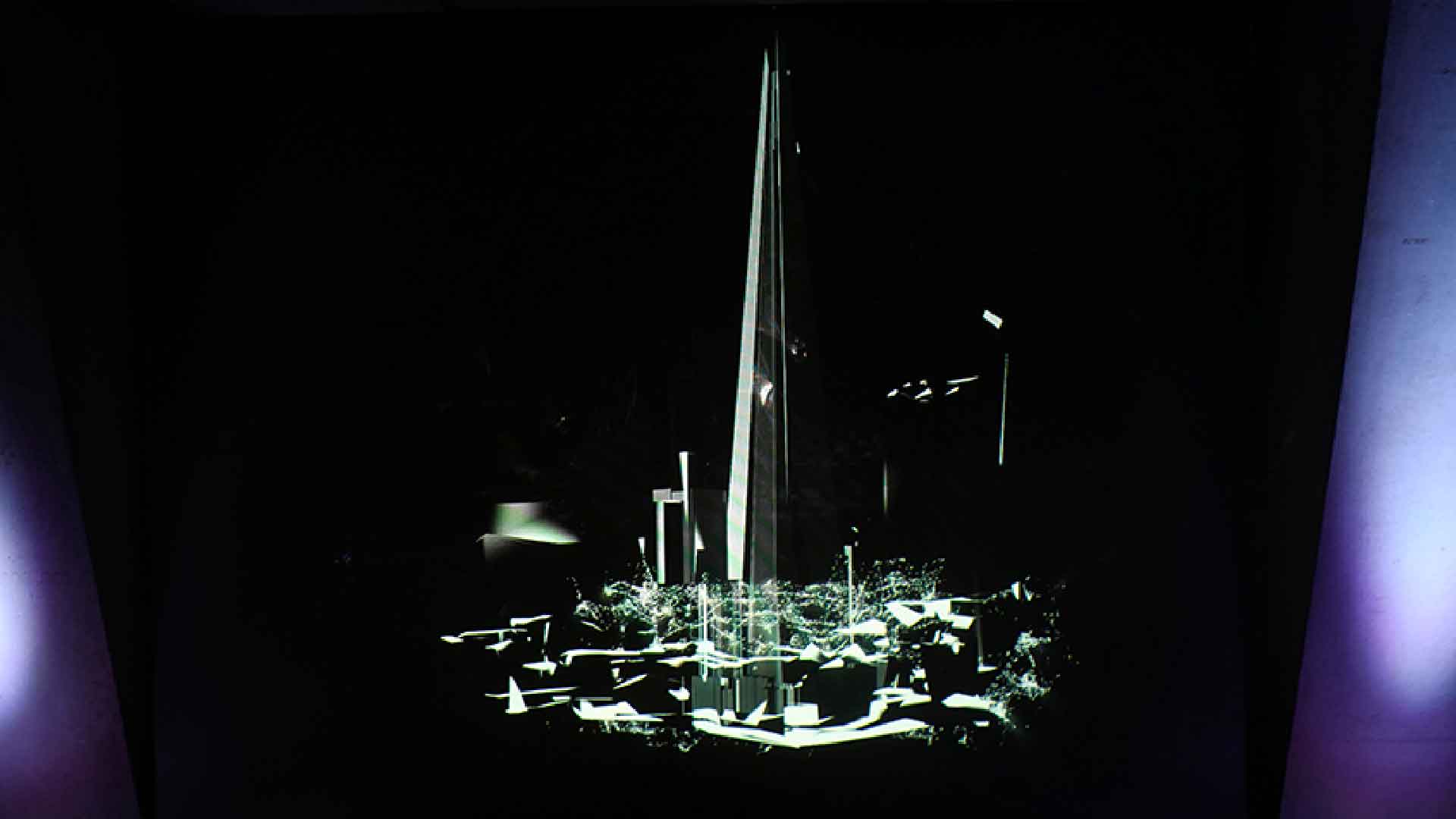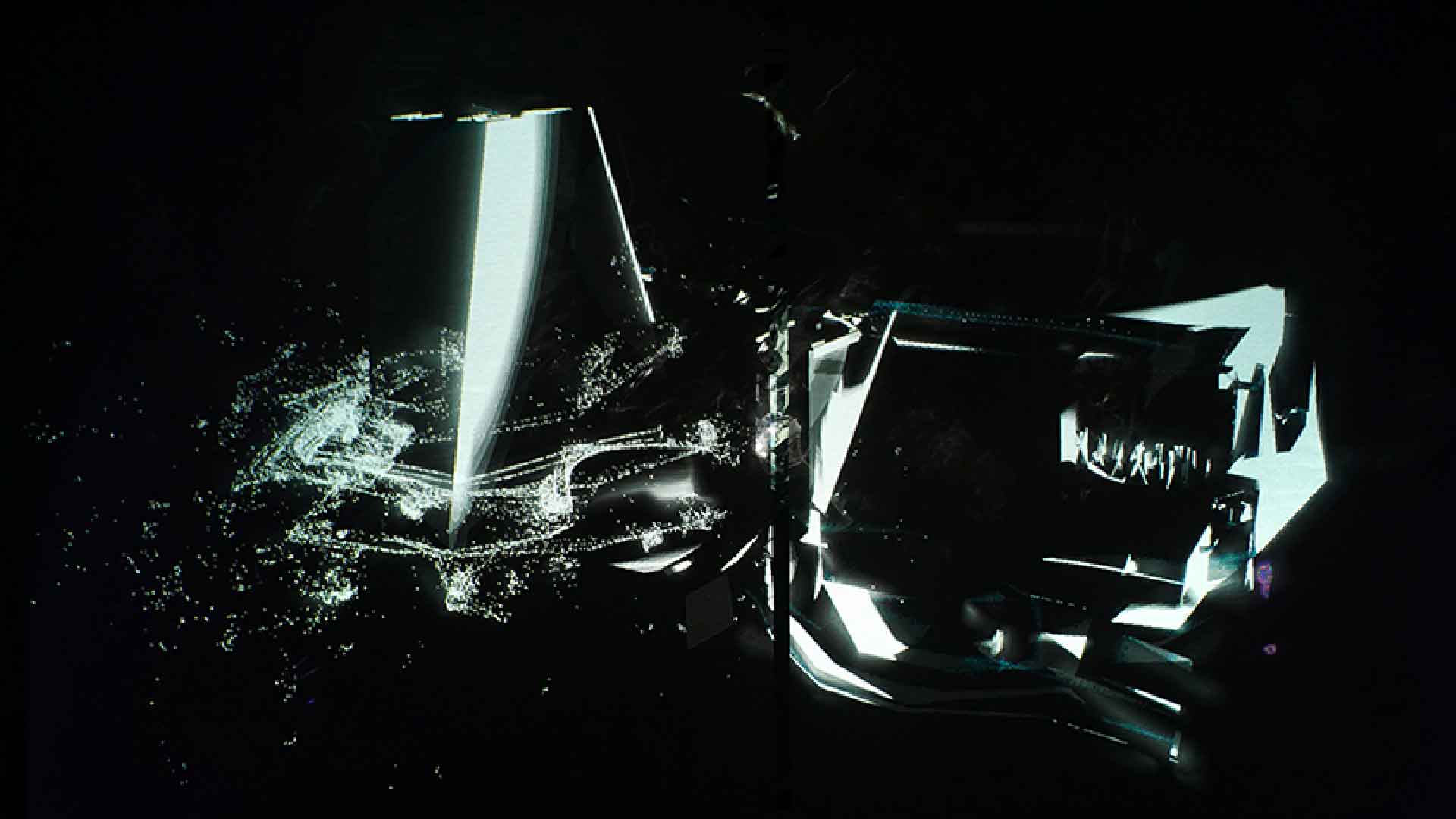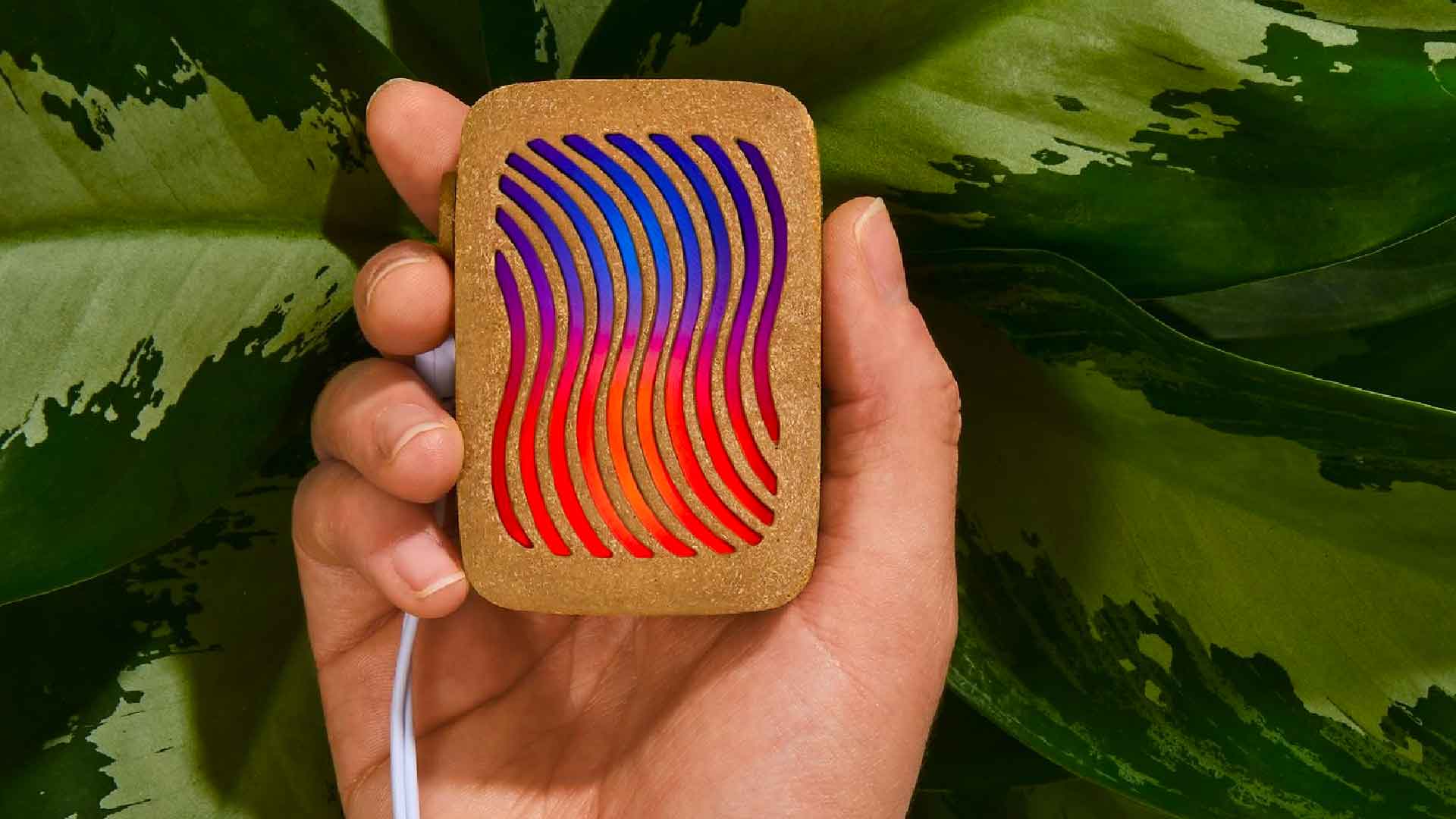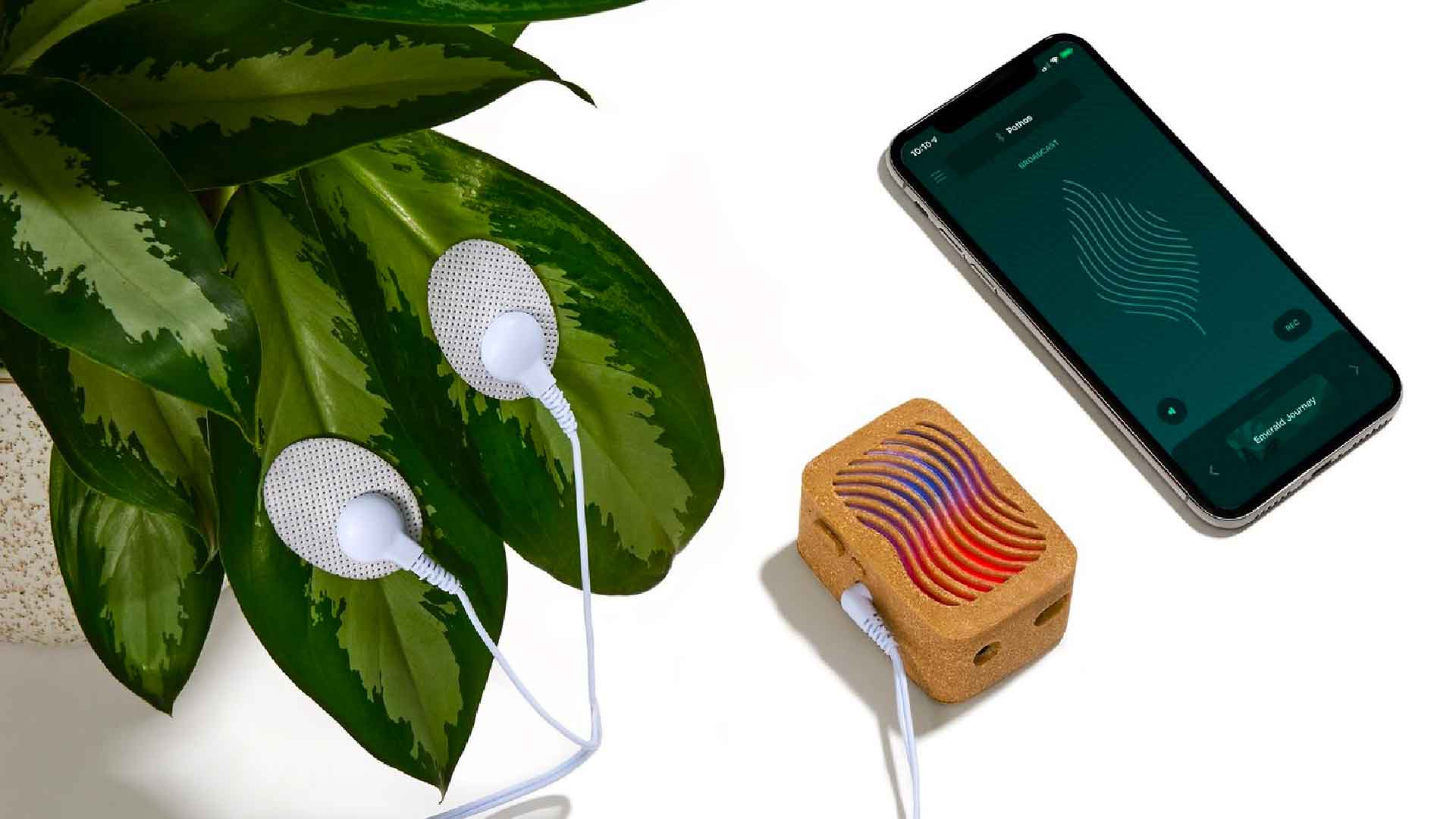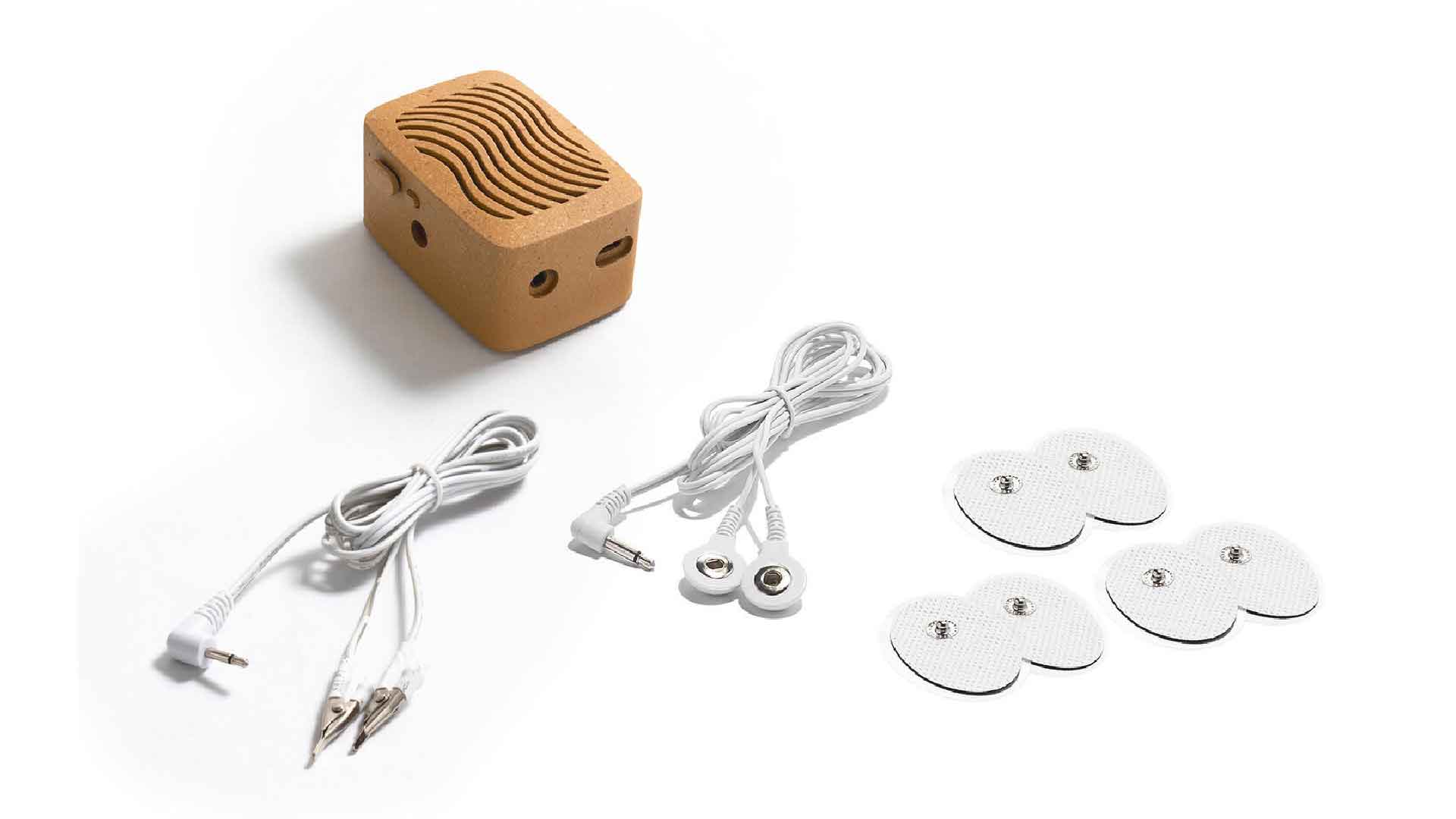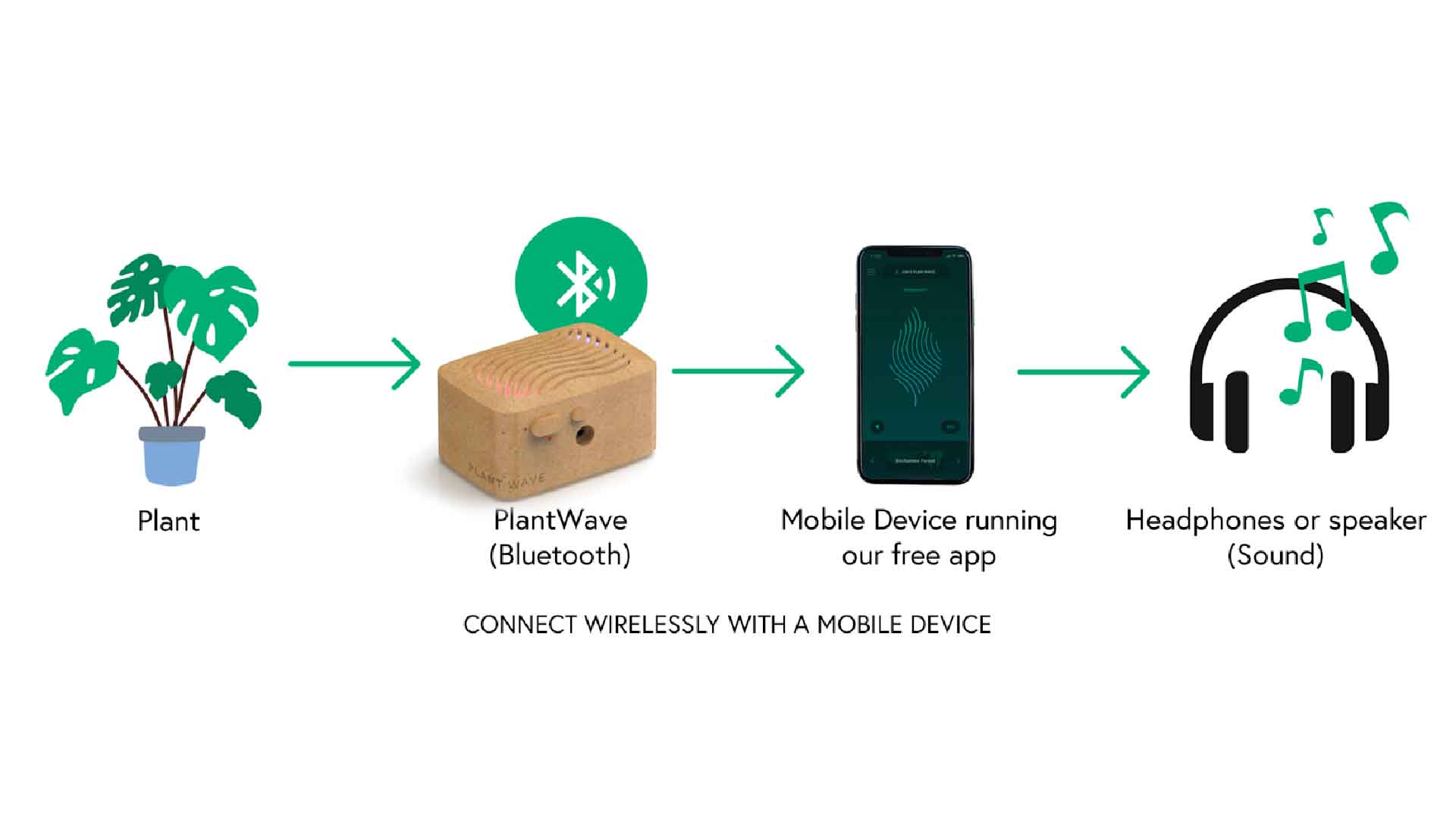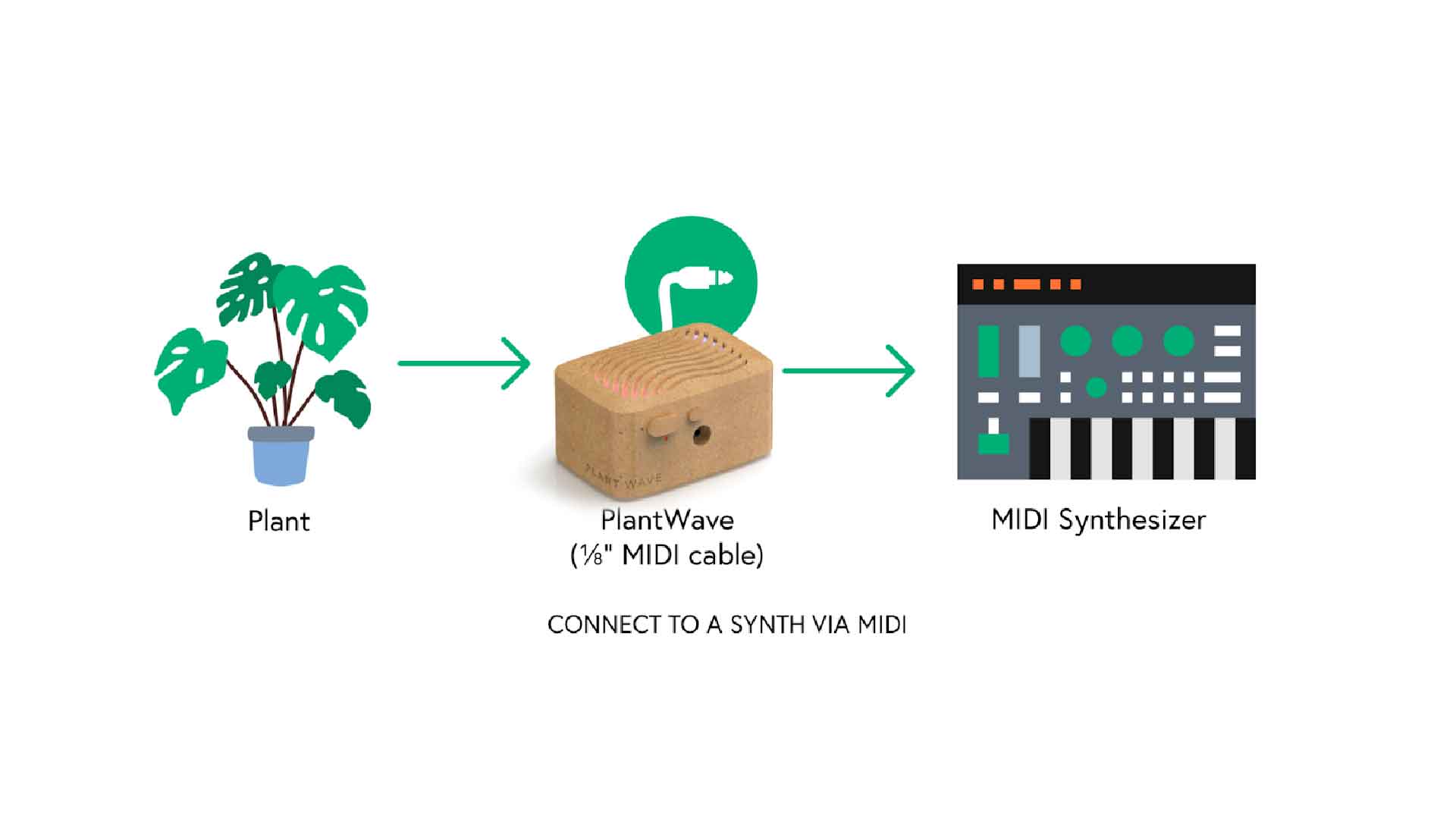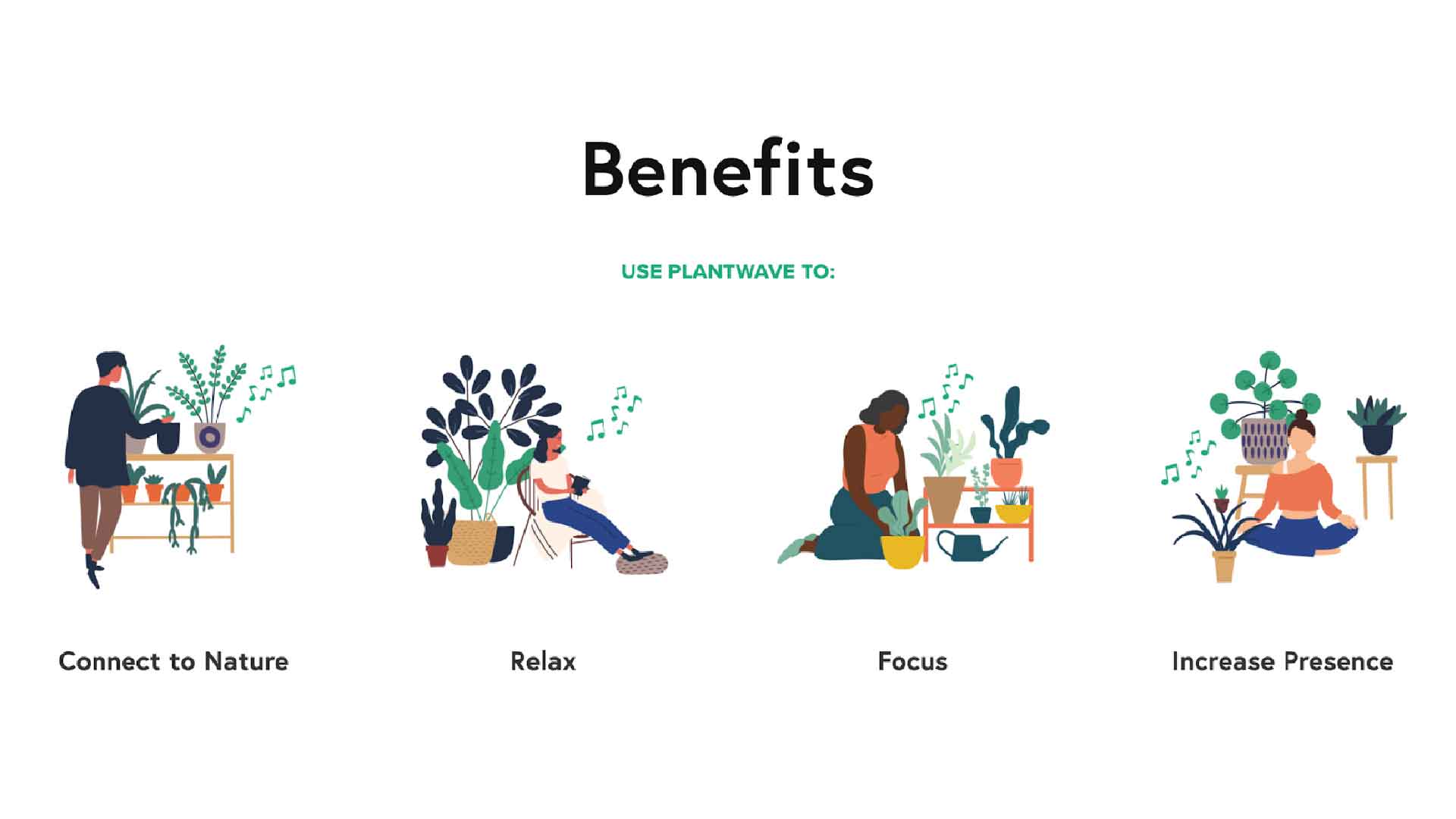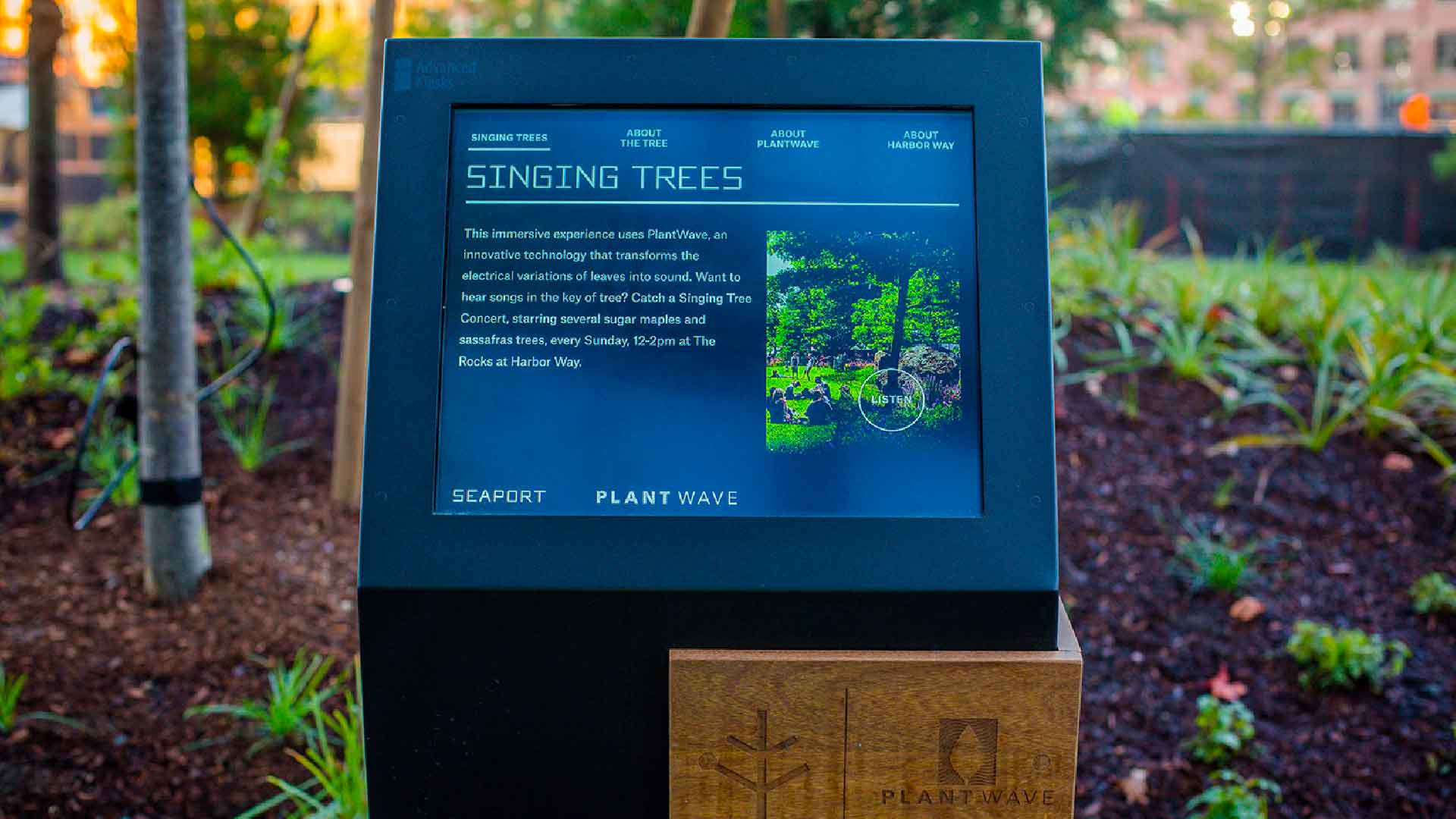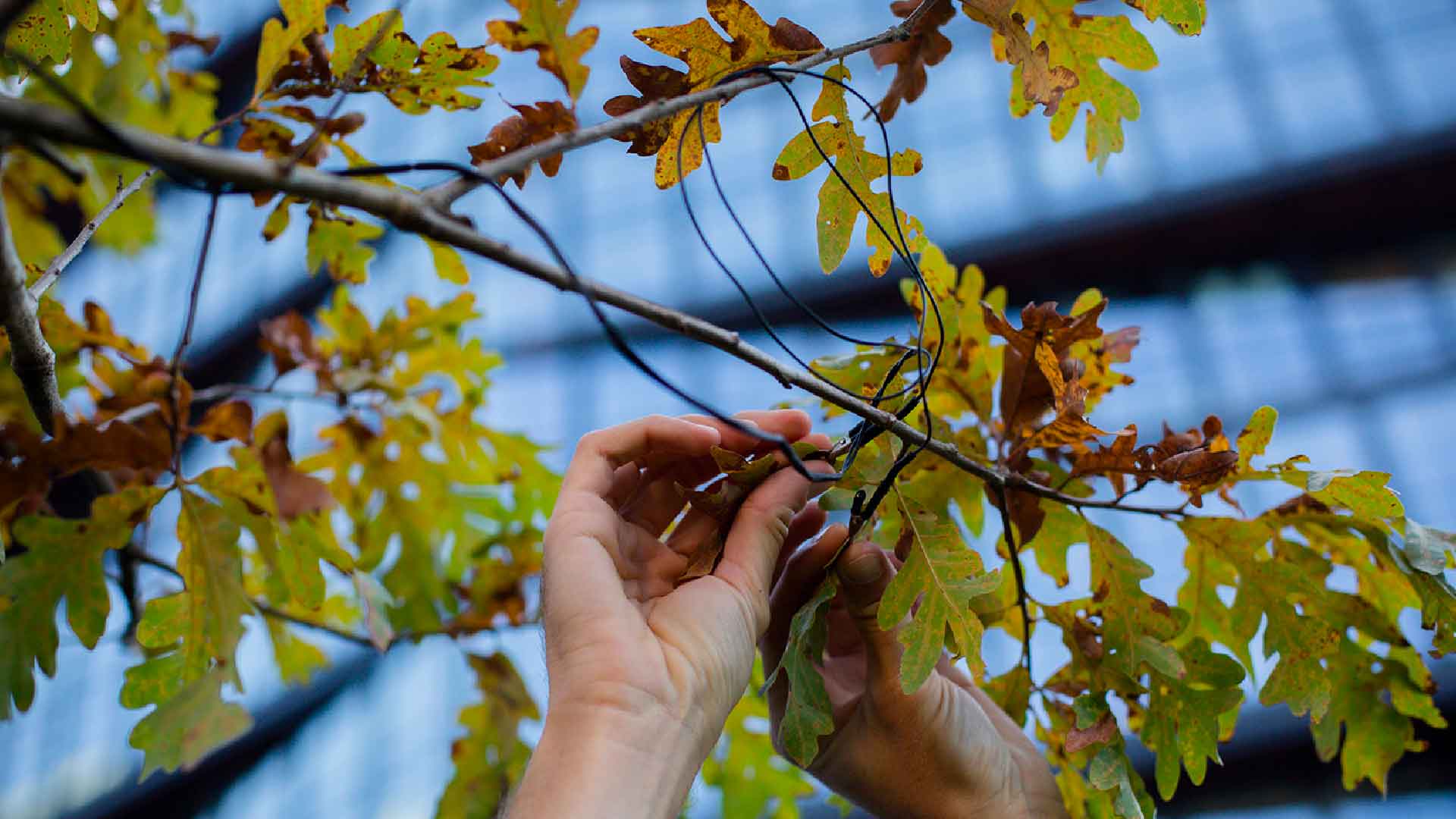Semester 01 Urban Noise Case Studies
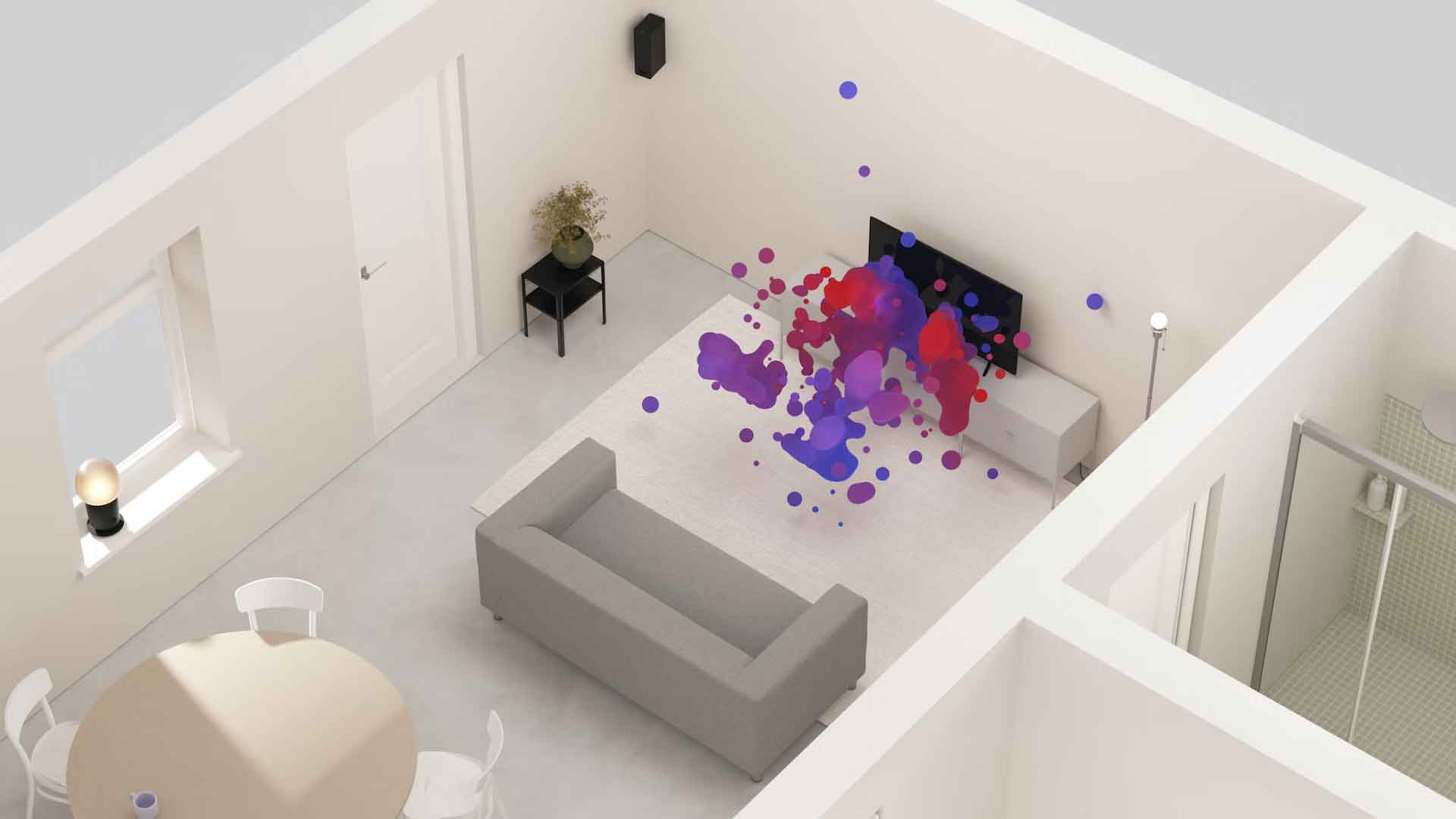
Introduction
A Japanese sound artist, designer, and electronic musician, Yuri Suzuki has developed the project Soap Bubbles. In collaboration with IKEA, SPACE10 commissioned this project to be part of its ongoing "Everyday Experiments" series which challenges the role of technology in the home. Due to the constant activity that challenges our privacy on a daily basis, this project allows you to create silent zones of privacy within the home using spatial audio. Through the use of sound, this project aims to assist users in creating their own personal bubbles.
Although sound can contribute significantly to our well-being, it can also negatively impact our sense of privacy and personal space, as well. In order for the sound bubbles to cancel out noise from the external environment, noise-cancelling technology has been a core part of the experiment. Sound waves are simply reduced to near silence by adding their inverse.
By using an iPad application, the user can
examine the floor plan of their room, check out
where their speakers are placed, and draw a
Sound Bubble to create a quiet zone within that
space. To ensure maximum effect, the application
also suggests alternative placements of
speakers.
Link
to prototype.
Urban Audio
An international sound and media artist, Florian Tuercke, has created Urban Audio, a sound art installation in public spaces that offers new perspectives on urban spaces. Most of his project-based works are based in public spaces. In addition to an interest in current and future socio-political issues, Tuercke has also completed projects in Chile, Finland, Greece, Israel, Italy, Mexico, Poland, Spain, UK and USA in recent years.
In most cities, the soundscape consists primarily of man-made sounds, many of which are inharmonious, which means they are composed of different frequencies clashing together with other sound sources, creating noise in the city. Overcrowded sound signals negatively affect our mental and physical health. Urban Audio provides an imaginary public space in which sounds will combine harmoniously to create a soundscape. The objective of this project is to transform ambient sounds and urban noises into musical sounds by filtering their musical frequencies without changing their composition.
As part of this project, the van is parked at a busy intersection of the inner city. The instruments are placed throughout the area and translate the acoustic characteristics of the traffic situation into musical sounds. Visitors were provided with headphones as well as chairs to experience the sound and music of the sonic environment live.
Img.33 - Urban Audio
DemoVirPen
DemoVirPen DemoVirPen is a tool funded by Chalmers' Area of Advance Transport. DemoVirPen is part of the Digital Twin Cities Centre, and researchers from the Research Areas Visualization & Auralization and the Digital Twin Platform contributed to the project.
As part of DemoVirpen, the user is able to move in a 3D visual and auditory environment in a virtual planning and scenario analysis demonstration through the use of visualisation and auralisation (sound simulation). The purpose of this tool is to assist in urban planning for noise issues. The project resulted in the production of the video below which explains how the planning tool could be used.
Vid.35 - DemoVirPen: Virtual planning and scenario analysis of noise in the city
Tumultum - a variable font for silence
Tumultum is a variable font developed by
Marina Sbrana to bring awareness to the
issue of noise pollution. “The font conveyed, with
its forms, sensations related to sound and noise by
imitating the sound waves with its rhythm.”
— Marina Sbrana
The thesis project, Tumultum, was created for the MFA program in Visual and Innovation Design. The moveable slipcover creates a dynamic effect of the font's transformation, showing the potential of the font.
Img.34 - Concept of project
Img.35 - Thesis Project
KIMA: Noise at Tate Exchange
A visual art installation created in 2019 by Analema Group, KIMA: Noise, was presented at Tate Exchange. With this multisensory installation, you can experience a geometric sound sculpture, large-scale, real-time projection, as well as live-streamed urban noise from around Tate Modern. Four real-time streams, including construction noise and railroad tracks, were visualized through the panoramic windows of the Tate's monumental architecture. In addition to learning about the effects of noise, the audience was given the opportunity to shape and design their own soundscape as a result of directly interacting with the project.
“We are encouraging audiences to listen
with their ears, but also to interact
with their hands, eyes and experience
sounds with their whole body”.
“Sound is not only something that enters
through our ears, whether we are aware
of it or not, it affects us, positively
or negatively, in many different ways.
We have been fascinated for many years
by the possibility to see sound, for
example, to perceive sound while it is
being transformed into a visual realm.”
— Evgenia Emets,
Founder of Analema Group
Img.36 - KIMA: Noise at Tate Exchange
PlantWave
PlantWave is a system that can detect electrical fluctuations in plants. PlantWave allows you to use your mobile device to wirelessly connect to your plant, allowing you to hear nature's song as it grows. PlantWave is a system that can detect electrical variations in plants. PlantWave converts plants' biorhythms into music. Using our app, you can connect two sensors to a plant's leaves and then play their unique music using the app's built-in instruments.
Standard Configuration
PlantWave can be connected to the plant and
paired with a device running the PlantWave
application for hours of plant music listening.
Additional instruments and customisation
features will be available in future app
upgrades.
Advanced Music Applications
Your PlantWave can be connected to a plant, and
the MIDI signal can be routed to professional
music equipment, such as MIDI synths and digital
audio workstations.
The Singing Trees Sound System
A vibrant new public space is taking shape in Boston's Seaport - Harbor Way. Once completed by 2024, the pedestrian promenade will connect the Seaport development to Boston Harbor and connect it to the Boston Harbor. The design of Harbor Way was inspired by New England's coastal geology, forest landscapes, and traditional wooden boardwalks. When you visit this space, you will hear the sound of trees singing in the air.
The Singing Trees is an immersive public art installation that aims to connect Bostonians with nature. The audio installation uses PlantWave's technology to let visitors hear the biorhythms of Sugar Maples and White Oaks. As a result of PlantWave's processing of raw data, the notes are matched to MIDI, a digital music interface, and placed within a simple pentatonic scale, but the notes themselves are derived primarily from the plants themselves. With PlantWave, the design team created a band composed of flutes, pan flutes, vocal choruses, and chimes through the connection with leaves from three oaks and one maple tree.
There will be a series of small kiosks designed to allow visitors to listen to live music from individual trees during the summer, with older recordings played during the winter months when the trees have lost their leaves. In this installation, soundscapes created by plant music algorithms could be used to create naturally relaxing environments in areas such as lobby spaces in buildings that emphasize user well-being. This could be the beginning of a new movement in biophilic design. Due to the fact that our usual soundscapes are filled with urban noises, such a solution will be beneficial to people's mental health.
Img.37 - PlantWave Product
Img.38 - How it works
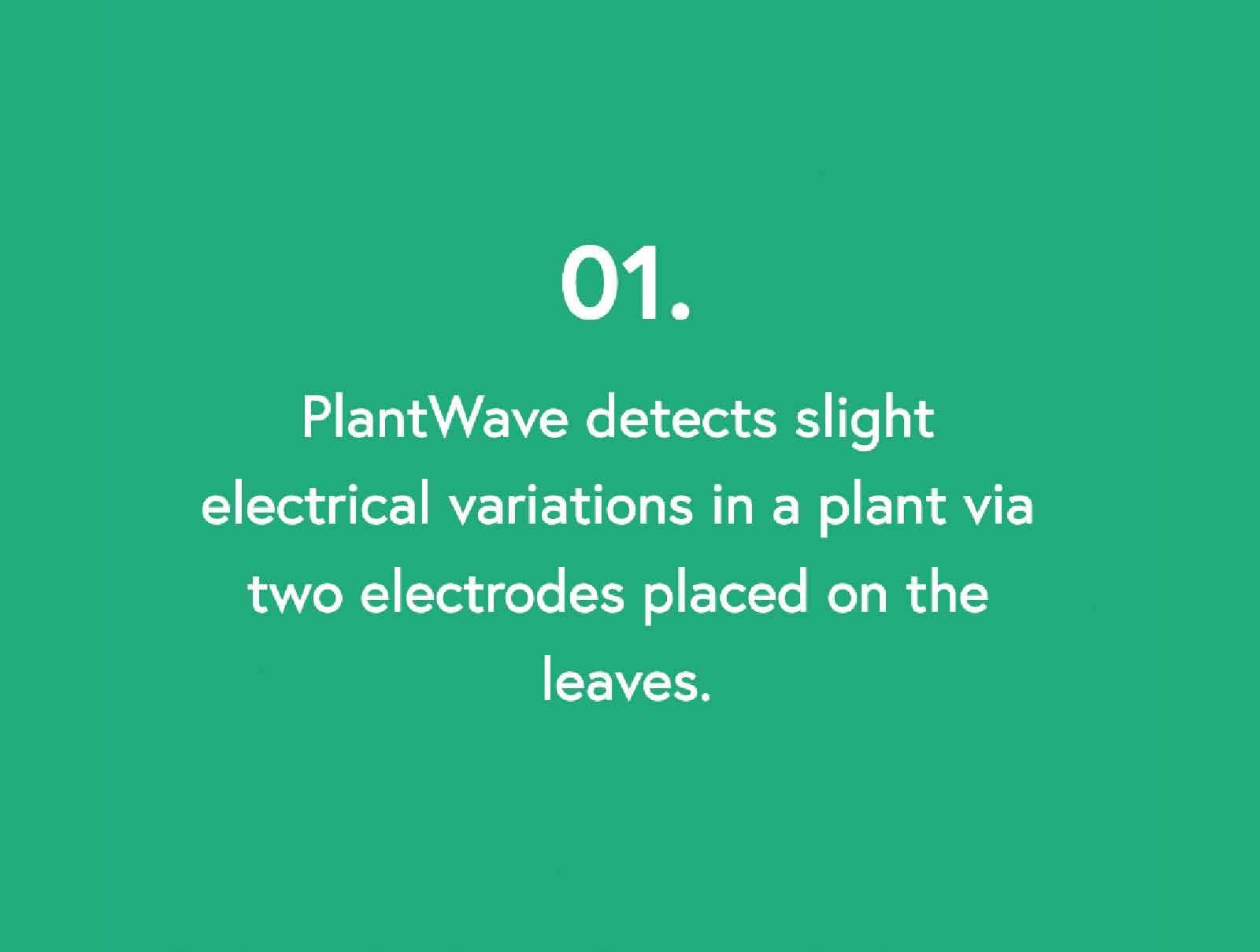

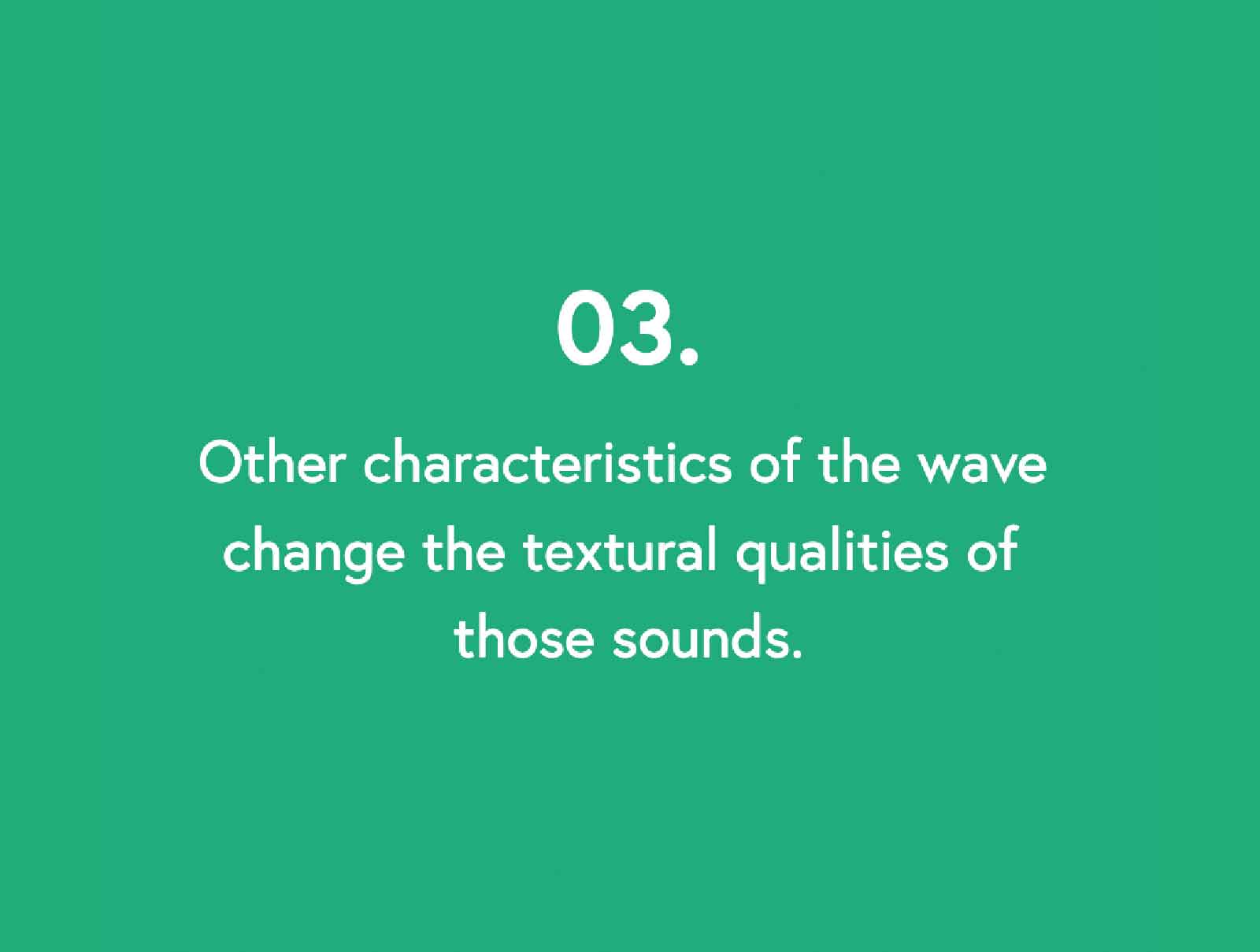
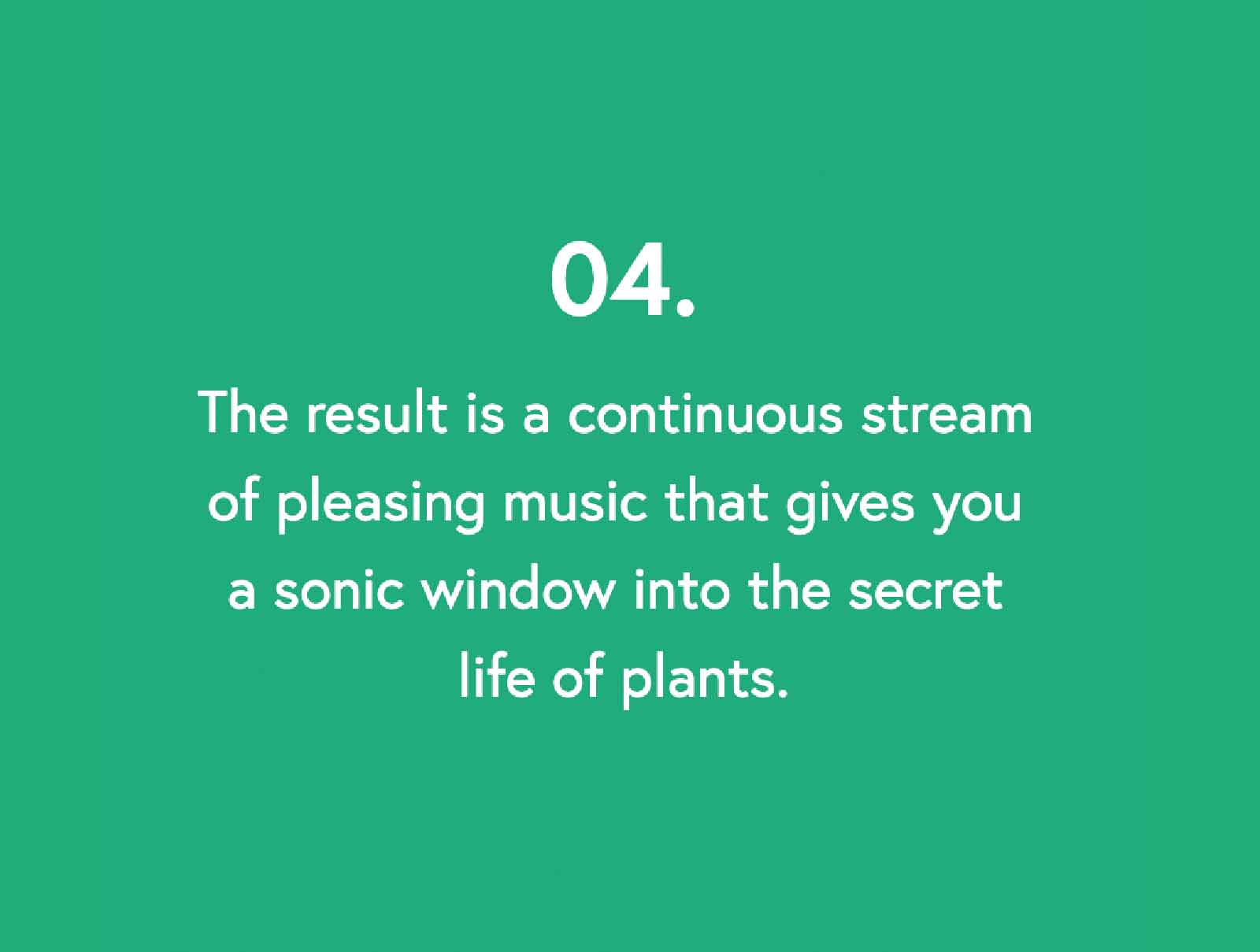
Img.39 - PlantWave Configurations and Benefits
Img.40 - The Singing Trees Sound System
